Jesus titty fucking Christ I have just had the worst transit since the Allah-Awful 40hour plus nightmare transit that was getting back from Islamabad to Brisbane in 2007…!
I woke up, it was a lovely morning, I had slept well, the sun was shining and it was looking like a good day. I was looking forward to my flights, and hopefully a comfortable and minimum fuss transit day. I left home at a reasonable at 0800 on Friday morning to leave via the Brisbane International Terminal. I realised the last few international flights I have taken have all gone out via Sydney, so it’s been a while since I checked in at BNE Intl. When I got to the Qantas counters, I saw all the usual premium check-in counters were gone. No premium check-in line, no ‘Platinum people go here’… just a Business and StatusWhores line that lead directly to a bank of SELF CHECK IN MACHINES! The horror!
What (and I cannot stress this enough), the actual fuck is going on here? I am flying for the first time with the P1 fanciness under my belt and I’m expecting a friendly crew member welcoming me and doing all the things while checking on my upgrade requests. Instead there was about 8 machines, six people standing around and two confused looking staff dealing with some guys checking in a bunch of oversized ski equipment bags. I could see no option but to use the self check-in machine, so I did. It printed me a bag tag and some boarding passes, which I then had to put on my luggage myself (I hate those fucking stupid sticker things; if I don’t get them on crooked, I invariably end up with an annoying paper cut), and no bright orange Priority Luggage tag on it, which was sad-making all of itself. We then had to take them over to self-drop bag check-in off area, where predictably, the luggage drop scanner couldn’t read my bag tag. I stood there stupidly for about five minutes trying to flag down one of the three staff who walked past me all saying, ‘Just a moment, I’ll be right with you.’
Eventually, someone came to see why the machine wasn’t working, and said ‘Oh it hasn’t read your boarding passes…’ but it had. Fucking twice – it was only working now because I had been jostling the suitcase around trying to get the scanner to see it while waiting from someone to come sort it.
I go downstairs to get ready to go through security and through border control, only to realise that my lack of greeting also meant I didn’t have a security express pass. I’ve marched up to the express pass lane anyway – because that’s where we go, and the staff member there stopped me and asked me for my pass… I said, probably somewhat curtly, that there is no staff up there anymore and no one gave me one. I showed her my boarding pass and she sent me straight through – I gotta wonder why they are asking for them, if Qantas has stopped issuing them. I go down the queue and the express lane got funnelled into a special assistance queue full of non-frequent travellers who had wheelchair and crutches, and a woman with an arsenal of liquids holding up the queue. So standing around way longer than necessary. My mood was now thoroughly nonplussed and heading to annoyed.
I get to the Business Lounge and was finally greeted by a lovely lady named Maria, she was the first interaction I had with any airline staff. She had the misfortune to ask how my morning was going. I responded by asking her what was going on at the check-in counters… and her “Oh, I know! Everyone is appalled.”, reaction told me everything I needed to know. Too much cost cutting, and new staff dealing with the new check-in counters. I said, ‘We fly a lot, we fly Qantas for a predictable experience, but this has been absolute rubbish. What’s the point in having airline status if you can’t reduce your aggravation points during checkin processes?’ Maria encouraged me to write a letter… but noticeably, she did not give me an email address to send it to.
The Lounge was quiet-ish, but overall, I’m just not feeling the love today. Flying is a shitty experience in general and the more you do it, the less ‘fun’ it becomes. Ticket prices are higher than ever, Qantas has posting record quarter on quarter profits, and yet, the customer experience is declining rapidly… even for people like us at the top of their loyalty program. So what the fuck?
I found myself thinking about the check-in BS the whole time I was sitting there: I got no, ‘welcome’ at all, no priority luggage tag, no express security pass and WOW if this is how their highest level loyalty customers are going to get treated now, they can get fucked. ALL the touch points imaginable and no personalised anything… so why be brand loyal if all the perks are disappearing?
We are eventually boarding and thankfully everything there at least went smoothly. Normally I get a “Welcome back Ms Borys” when I load onto the plane, and I didn’t even get that – weird. Once we were loaded and ready to go, we had 40 mins waiting at the gate before pushing back late due to undefined ‘technical issues’. That ol’ chestnut! Eventually we get out on the tarmac and thankfully weren’t pushed too deep into the take off pattern and were in the air about 45 mins late in total. Unexpected bonus on the plane – it was an Airbus A330 and we had wifi that would hold as long as we were over Australia… though the boys were probably wishing I didn’t have connection as I spent the time lamenting the poor airport experience. Pic for Yale who is flying cattle to Las Vegas next week!

Just after we got past Darwin, as we were heading out over the sea, an announcement came over the PA asking if there were any medical professionals on the flight. Oh dear lord, I’ve been here before and last time it resulted in being rerouted to Bahrain and a 19 hour delay in getting where we were going.
Thankfully whatever doctors came and assessed the situation must have decided it was safe to continue our flight, but advised the Captain to get there as quickly as possible. Pilot put the hammer down and we had a very bumpy flight and we arrived in Singapore a full hour and an bit early after leaving nearly an hour late.


Predisposed to being critical – I had a very ordinary meal on the way here. The dessert choices always suck, so it’s cheese or cheese.



We disembarked in Singapore, and I had a slow walk through the terminal. I know Changi is supposed to be the best airport in the world, but if you can’t get enthused for high end shopping, and don’t feel like exploring a humid butterfly garden or something, what’s the point?
Sorry Mr K, no Tumi surprises for you this trip.

I pretty much ended up heading to the Qantas First Class Lounge to find somewhere comfortable to settle in for what was now going to be a 6 hour layover thanks to the early arrival. The lounge was PACKED. There were loads of people in there on Fiji Air boarding passes and Cathay and lord knows what. This place needs to be twice this size given that there are so many affiliates using the facility.
The lounge was also a bit weird… there were staff members wandering around offering people drinks and menus, but for some reason when found a comfy spot, and settled in, I waited about 10 mins and no one had come to offer me a drink – could have been resting bitch face by this point, but I gave up waiting for a server and went and helped myself to a fridge. Thankfully, there are also nice clean and well appointed showers so at least we can freshen up and feel more human before hitting the connections.

Wasn’t there long before being told that QF1 from SYD was going to be delayed. Oh joy! It was about 1800 local when I was told this, and it was due at 2150, but expected now at 2250. Our originally scheduled departure was supposed to be 2305, so that was never going to happen and we were bound to be a solid 60-90 mins late. I was correct and they told us we would be leaving around 0030.
Edit:
I don’t know wtf is going in with this flight.
Original ETD: 2305 and arriving 0615.
First delayed to ETD: 0030 arriving 0740.
Now it’s saying ETD of 0100 arriving 0640…?
How does that work?
We all dutifully left the lounge and went down to the gate for 0000 as told for a 0030 departure, only to be told we had another 30 min delay due to that famous scapegoat, ‘technical issues’ once more. None of us embarked until around 0110-ish. No greetings and things on boarding – I know they must be a little harried, but I’ve been on way delayed flights before and the staff are usually so friendly. Things were looking good and then nope! Apparently we had an ‘engineering issue’ this time so that delayed us another 30mins. Our 2305 flight was eventually pushing back at 0140, only now we had lost all places in the runway queue so we took the scenic route out to a different runway where we waited another waited another 20 mins for clearance.
After about 35 mins of that wait, we had the Captain coming on apologetically explaining that we had lost radio comms, and had to go back to the gate to fix it. He sounded as exasperated as I felt. At this point it is now 0225 and I’m 1hr 15mins into a cheerful WWII movie, and I am utterly exhausted. Been awake forever. We take the scenic route back to the gate… taxing back and forth around Changi wasn’t how I was hoping to spend the wee hours of this morning at all! I was just sitting there with fingers crossed hoping we weren’t all deplaned and sent to a hotel to wait for new aircraft! Half of the business cabin has their jammies on and are into our second or third glass of champagne. The crew are going to run out of nuts at this rate! Not even the view of the Scoot Pokemon planes are not making this incessant waiting more fun.

We get back to the gat at 0235 – and ‘lo and behold, there is no one there to operate the aerobridge to let the comms engineers on. FFS… my <6 hour layover is now pushing well into a 9 hours layover due to arriving early and now leaving with all these delays. It currently 0445 Saturday AM Brisbane, a full 24 hours since I last slept.
The fun it never ends… This is the plane that won’t take off!
0330 update – comms engineers have fixed the radios and it will be 15 mins until we can try to leave again. Wonder how long we will wait on the tarmac for a place in the runway queues this time. So much for a 2305 departure, huh?
Pushback take two finally occurred around 0340, and after another shorter wait (thank fuck!) on the tarmac, our flight just left after 0410. Now all we want is to go to sleep, but of course the crew have all only been awake for a couple of hours, and they’re about to run their food service because that is what they do – regardless of schedule. A late ‘dinner’ that would have been served at midnight is now being offered at fucking 5am. I wasn’t hungry at all, but thought I’d have the mid-flight sandwich to tide me over as dinner was 8 hours ago, and breakfast was definitely 13 to 14 hours away.
Big mistake, I should have skipped it and kept everyone away from me. 0455 – I’ve been awake for over 24 hours now and a FA smashes a glass on top on the side table. Tiny shards of glass go everywhere; all over me, my electronics, the little blanket, my seat and the floor. She doesn’t apologise or say anything and goes away. I start collecting the larger pieces of glass before trying to find all the little splinters (some of which I found with my fingers) and she eventually comes back with a dustpan and brush to sweep up the mess.
I’m so done with this fucking transit… I ate half my sandwich (which turned out to be served on such stodgy, two-inch thick focaccia that I couldn’t even get my mouth around it), popped a Valium and tried to go to sleep and forget the whole fucking mess. After I woke up some four hours later, the Cabin Manager came over and introduced herself and thanked me for being a loyal customer – all very business as usual until my dead pan face and monosyllabic responses seemed to prompt a, ‘We are so sorry for all the delays.’
At some point people start opening the windows, it looks lovely out there – I’m sure it won’t stay that way seeing we are heading to London. In February.


I didn’t know what to say other than most of my long haul flights last year were with Emirates or Cathay and I’m kinda wishing I was on an Emirates flight right now. She apologised again and left me alone for the rest of the flight.
We somehow magically touched down in London at 0920 – not too bad all things considered, only three hours late. Thank fuck it was a Saturday and I wasn’t working today! I picked a splinter of glass out of my hand as we taxied to the air bridge and I deplaned with that delightful feeling of mal d’ebarquement, coupled with a sleep deprived sensation that people around me were talking underwater.
I walked away from the whole nightmare as fast as my overtired little body would carry me. FARK!
Further edit: Oh Qaint-arse… are you guys gonna regret sending me this!



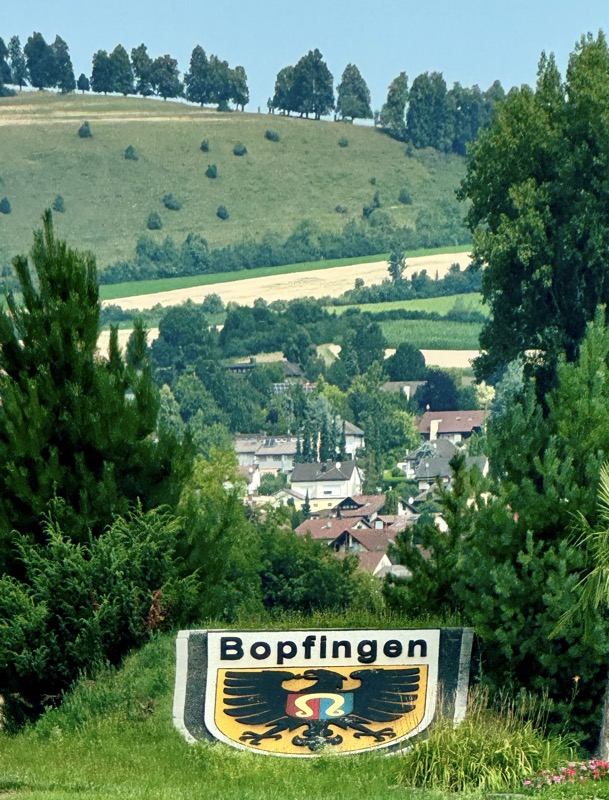
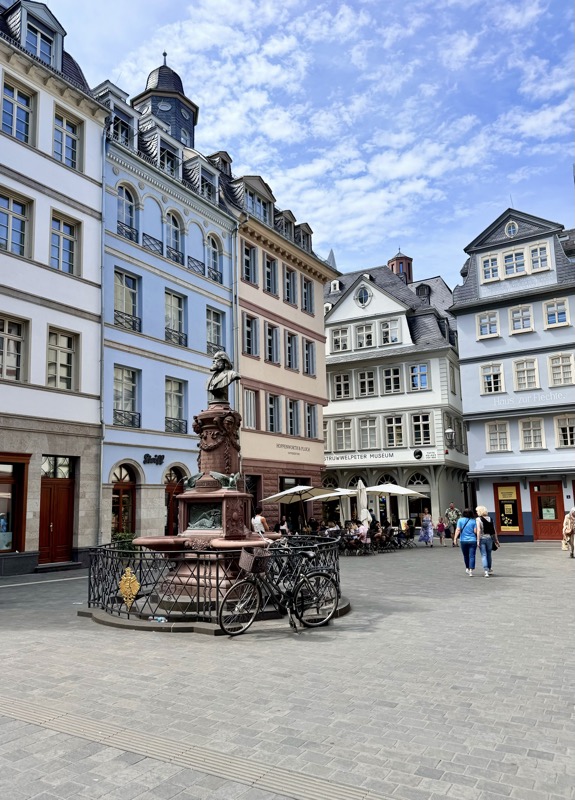
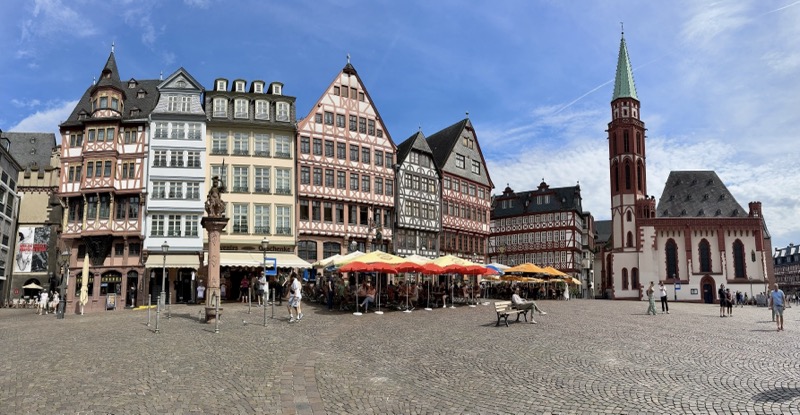
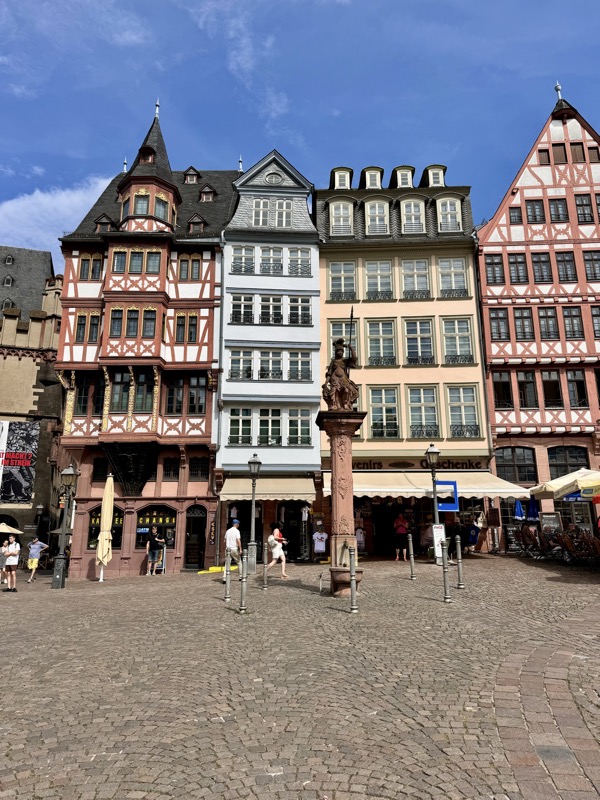
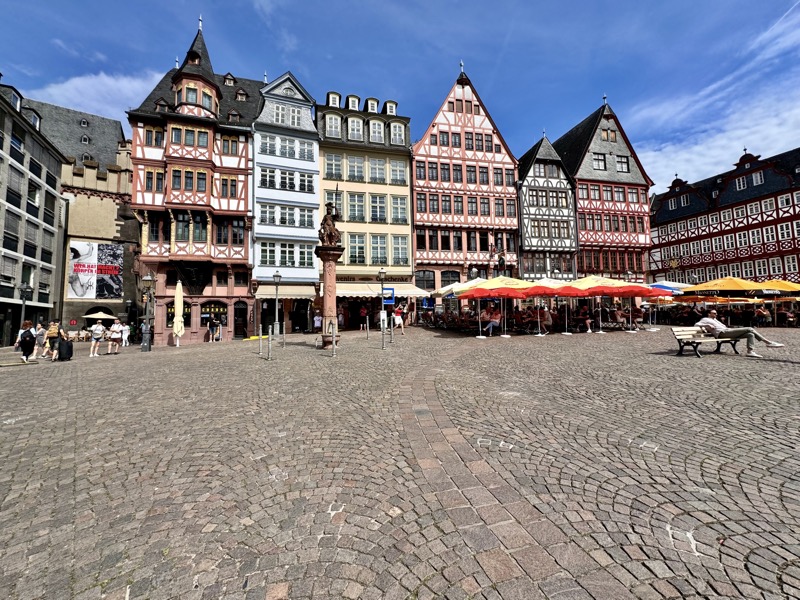
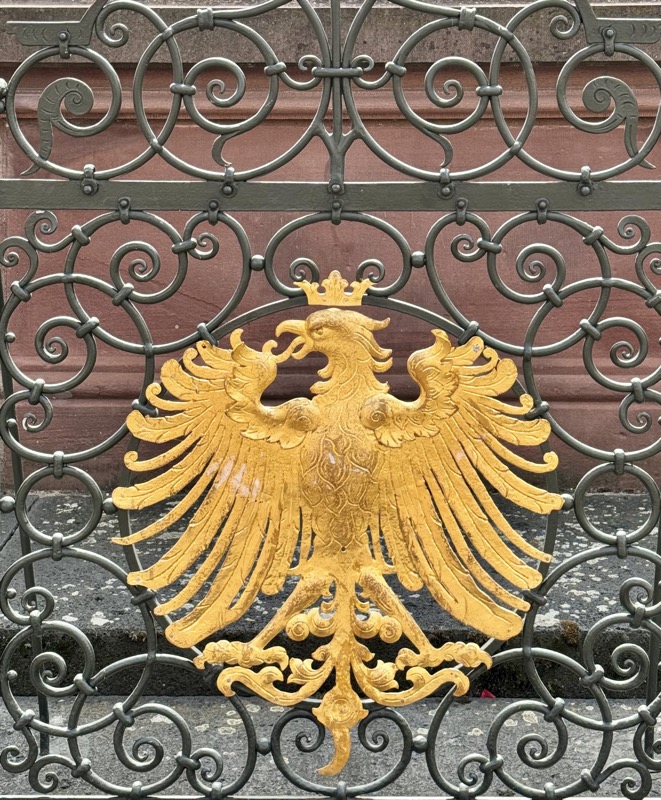
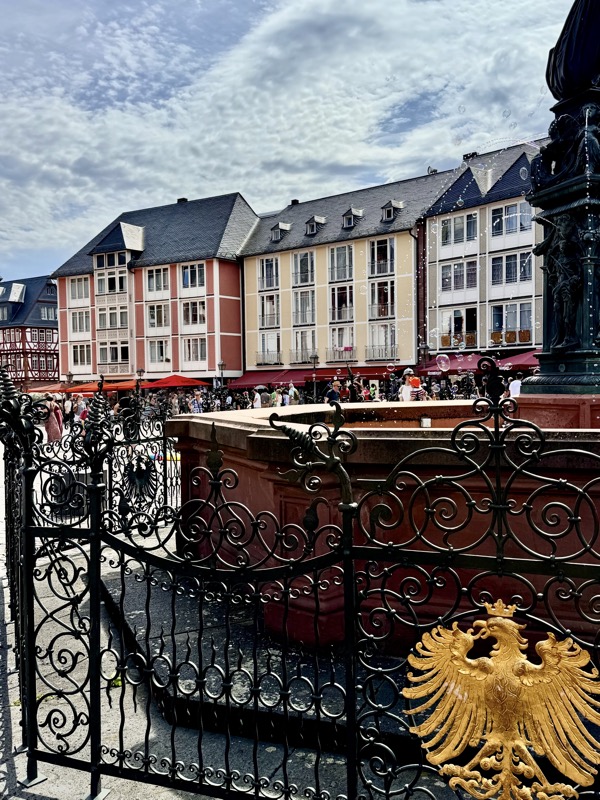
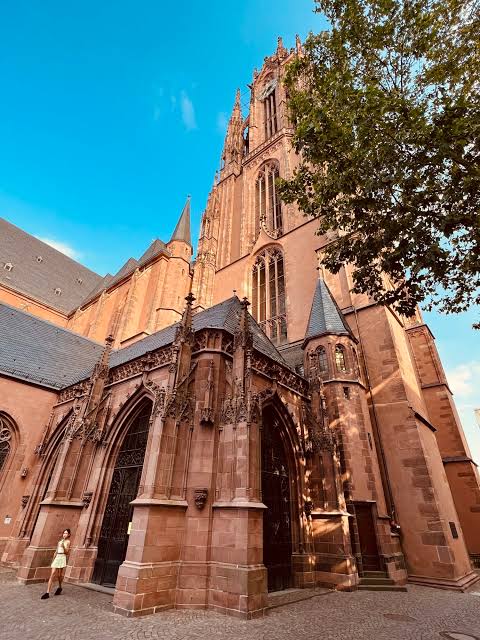
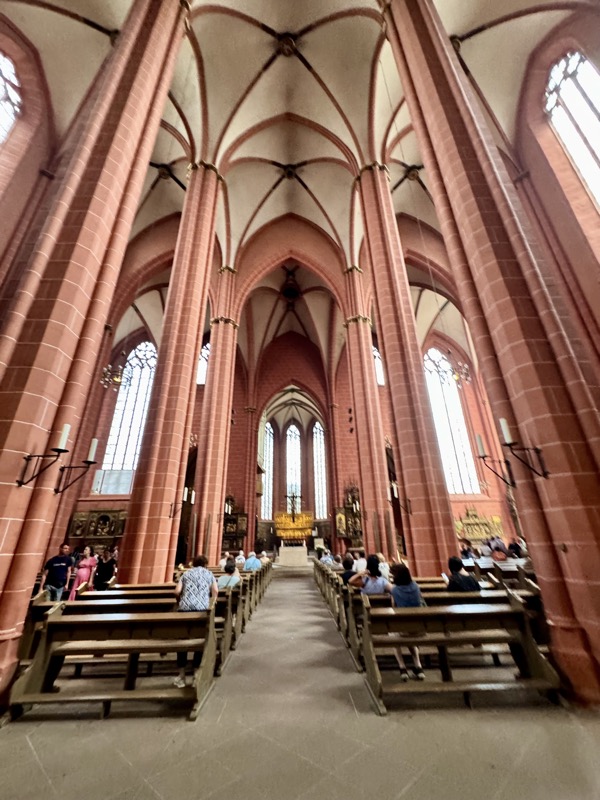
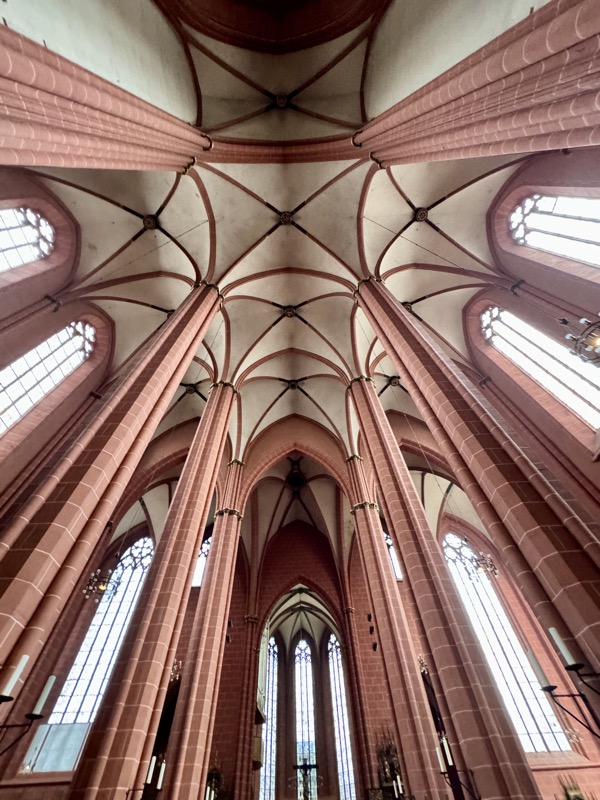
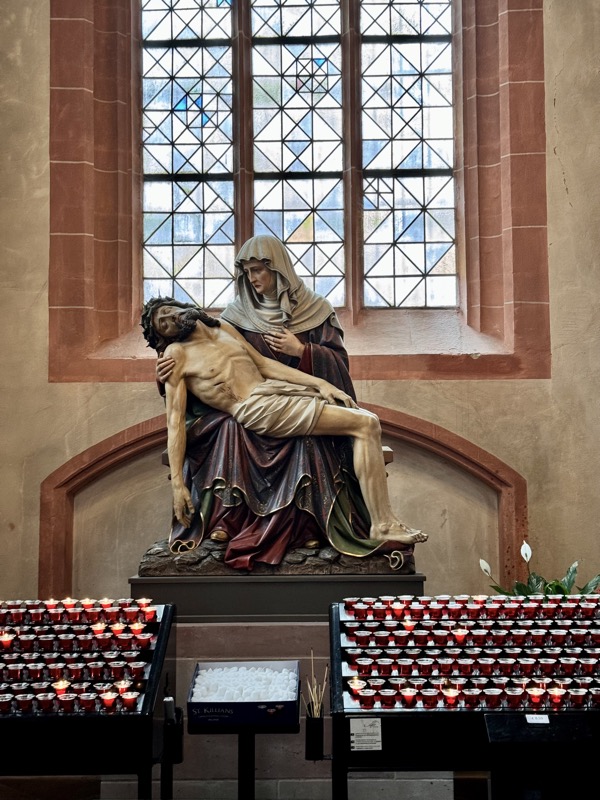
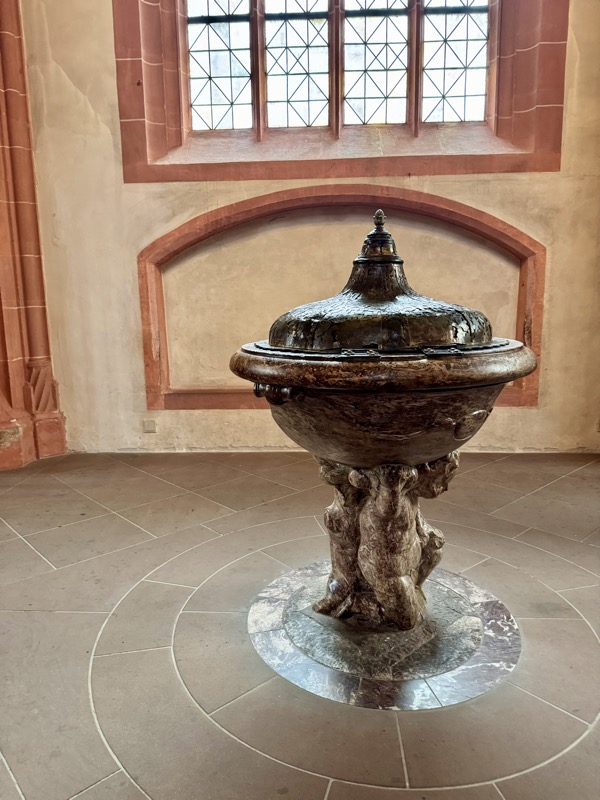
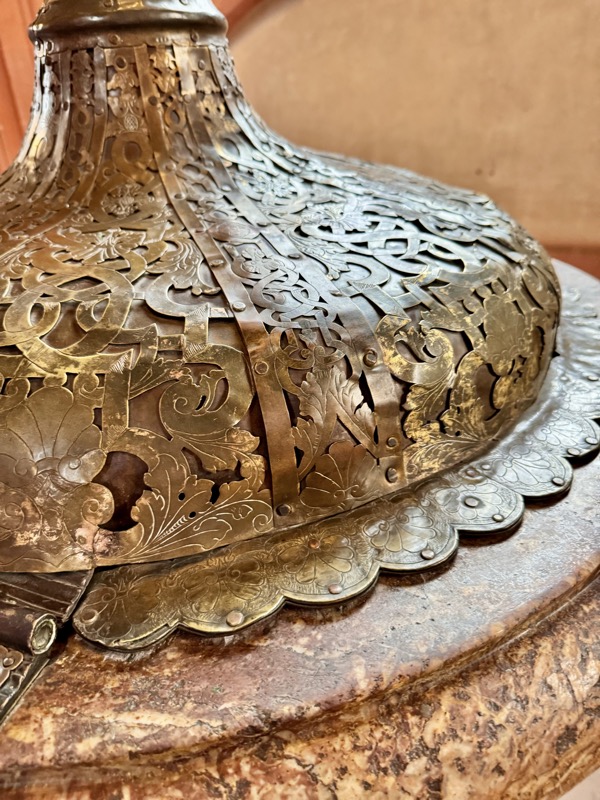
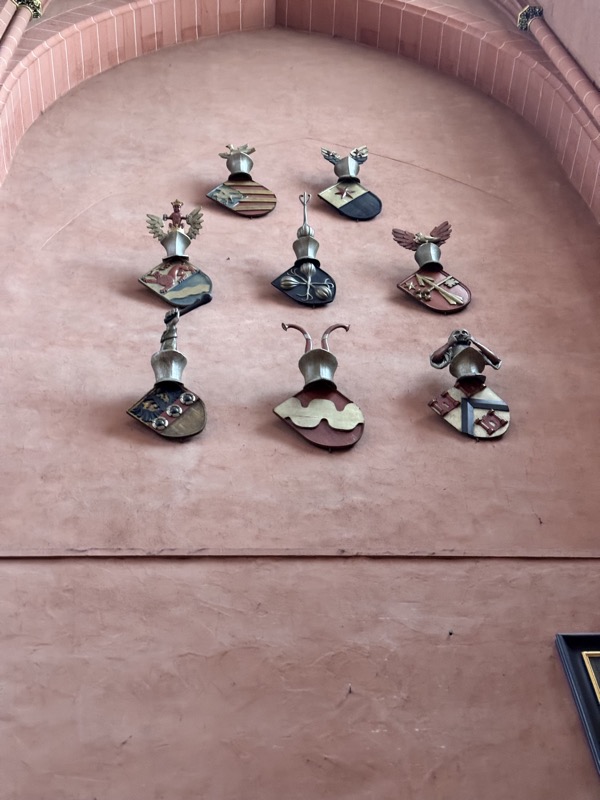
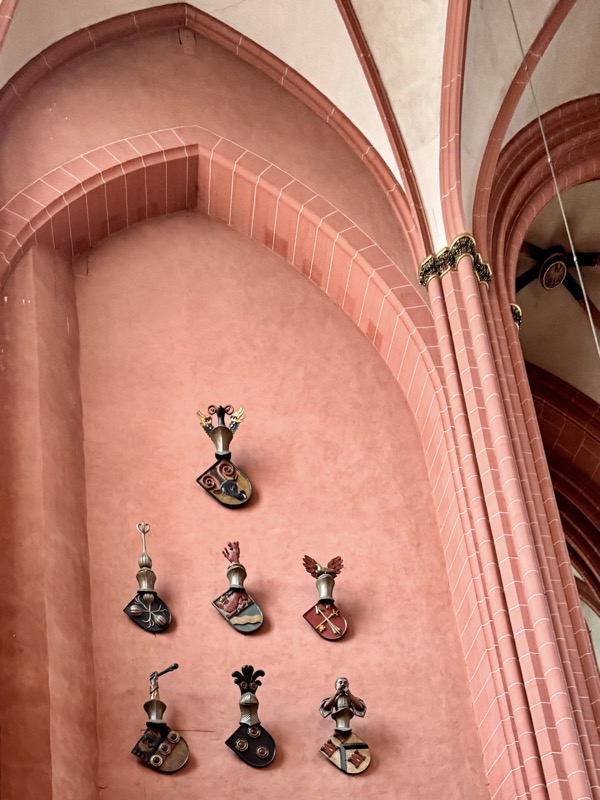
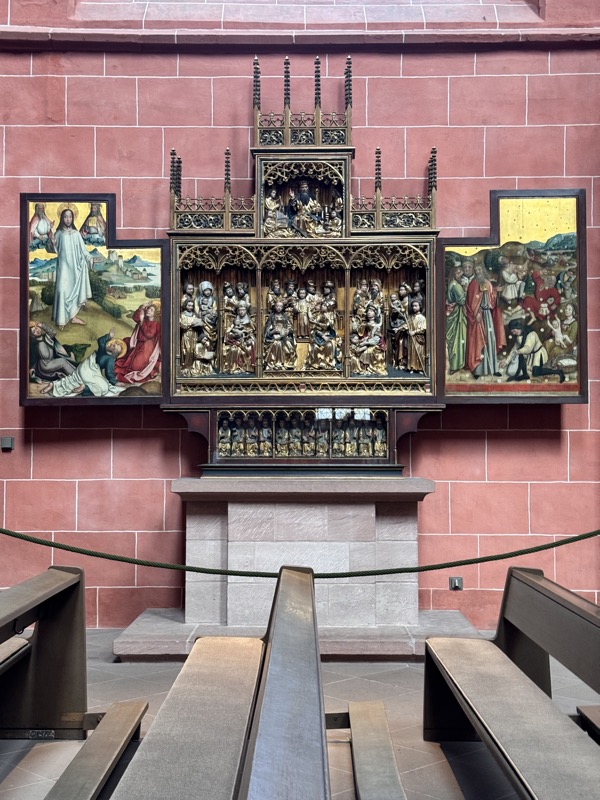
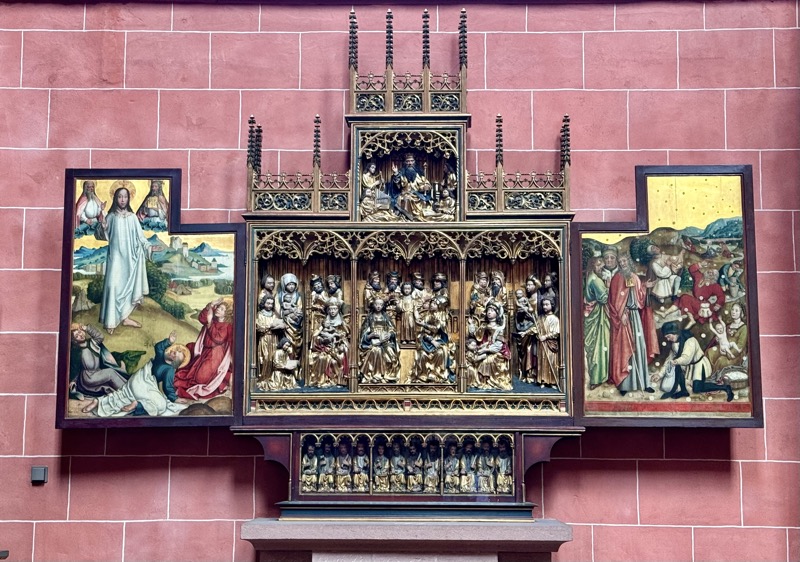
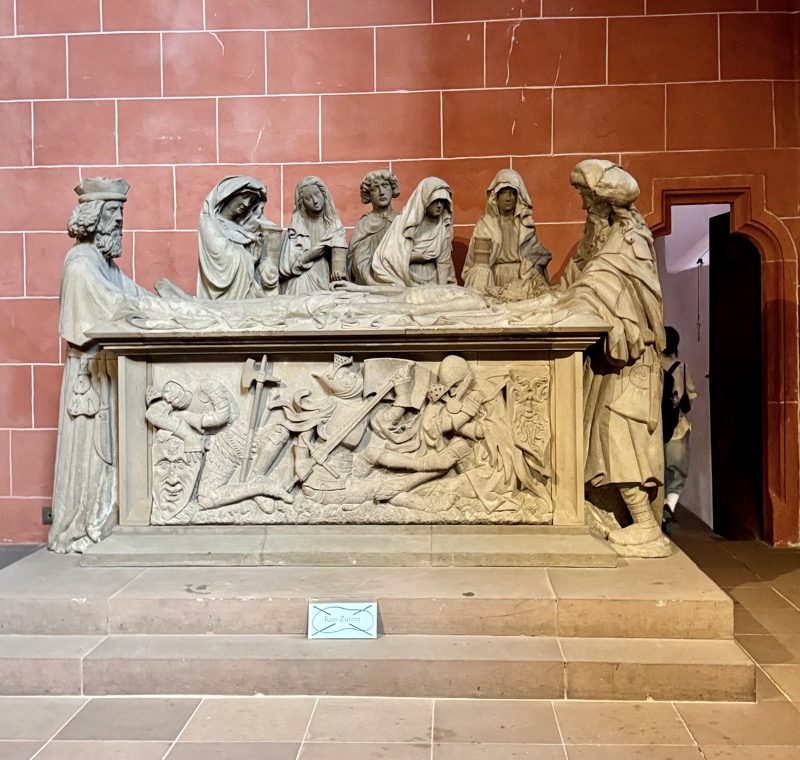
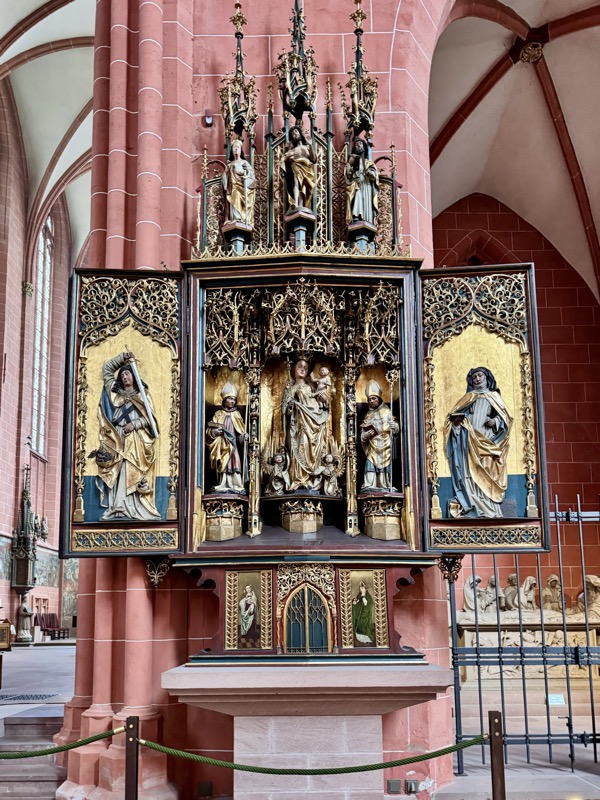
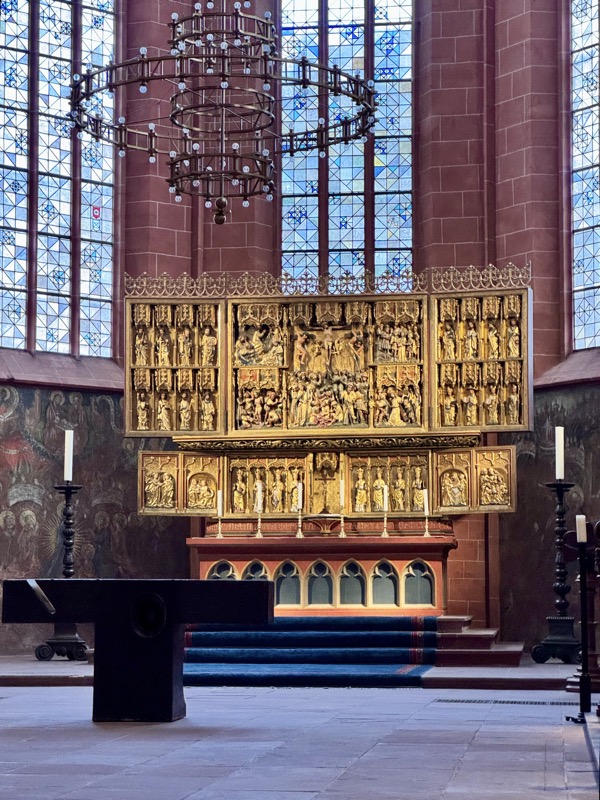
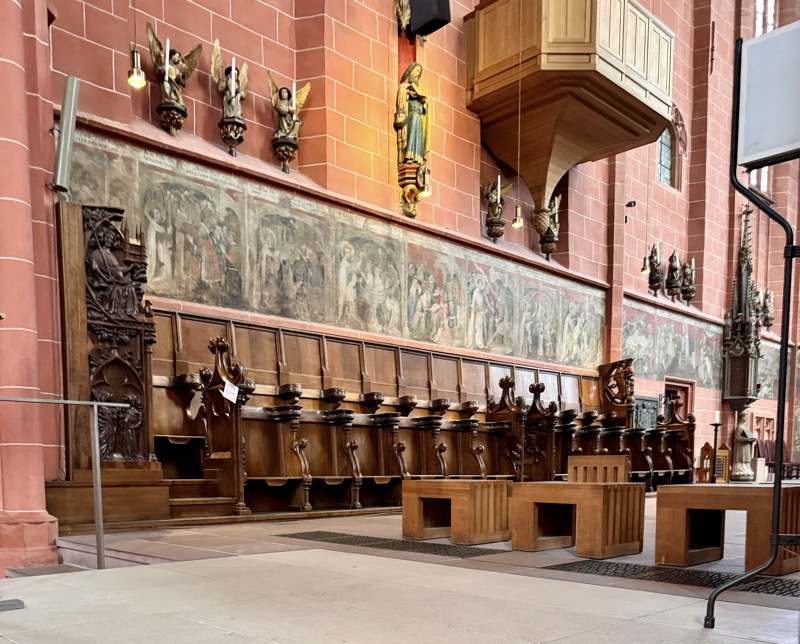
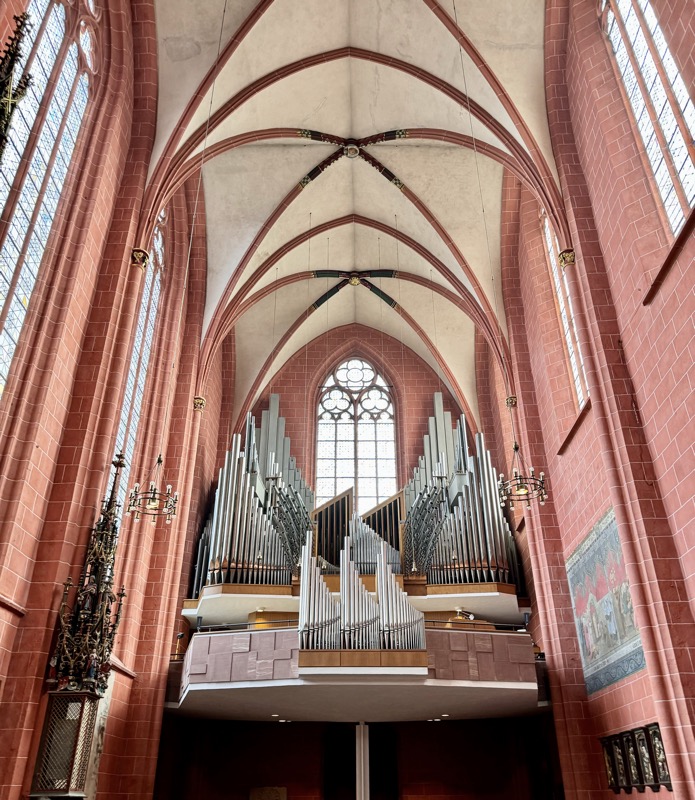
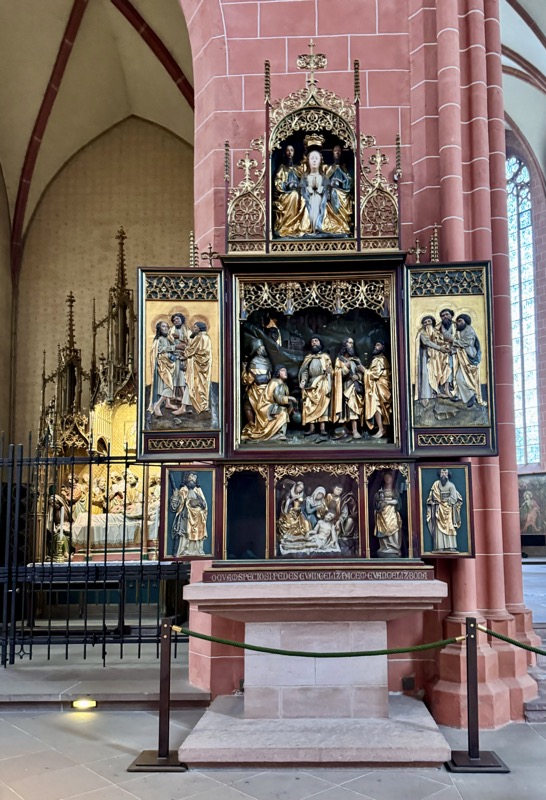
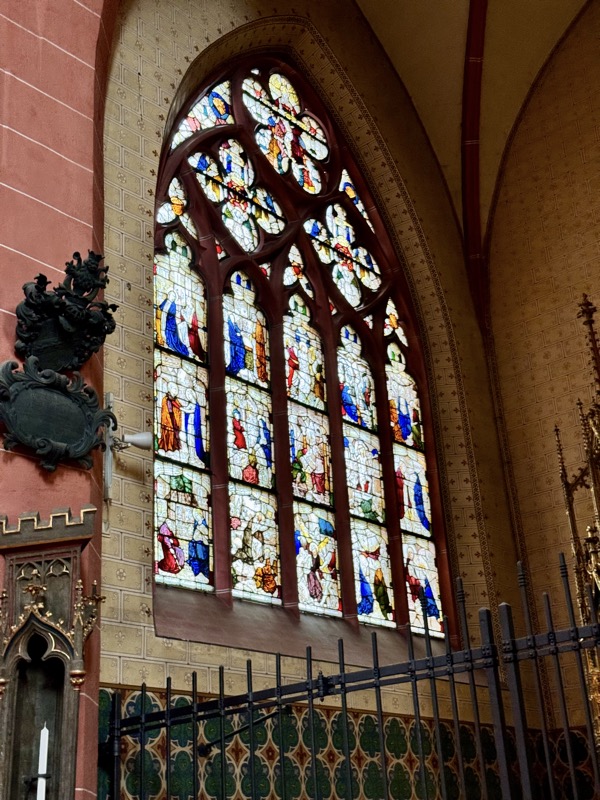
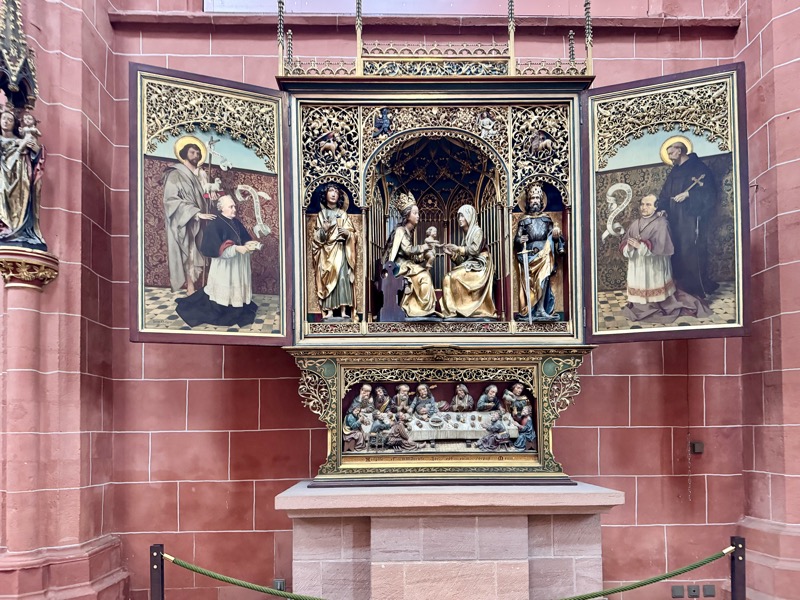
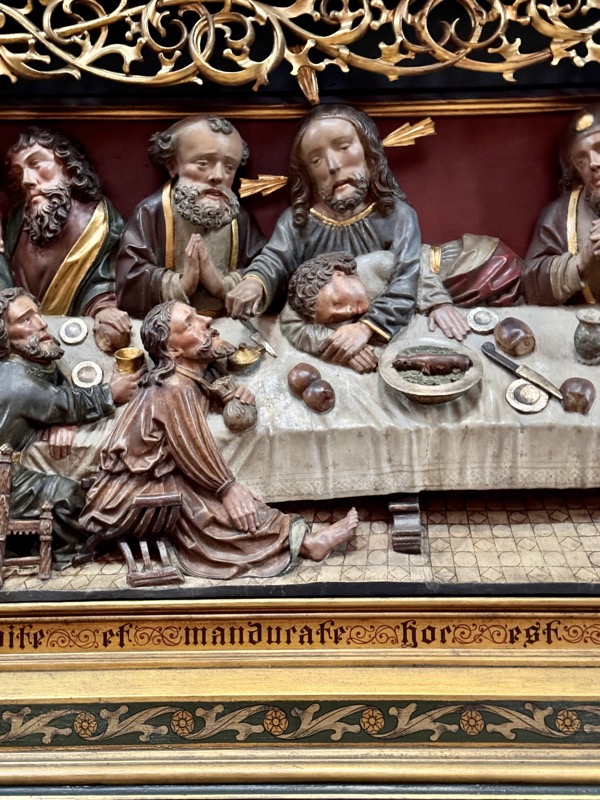
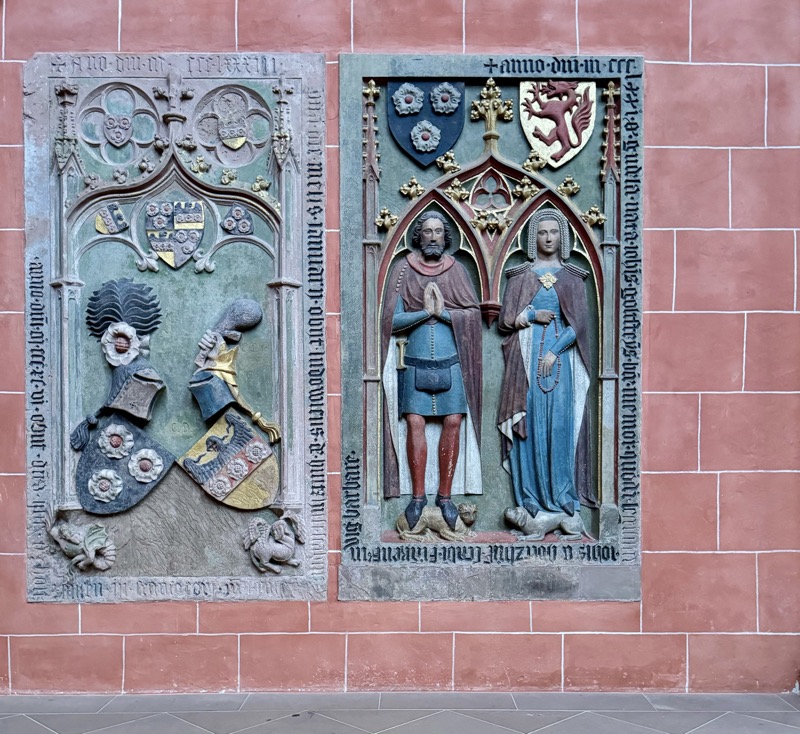
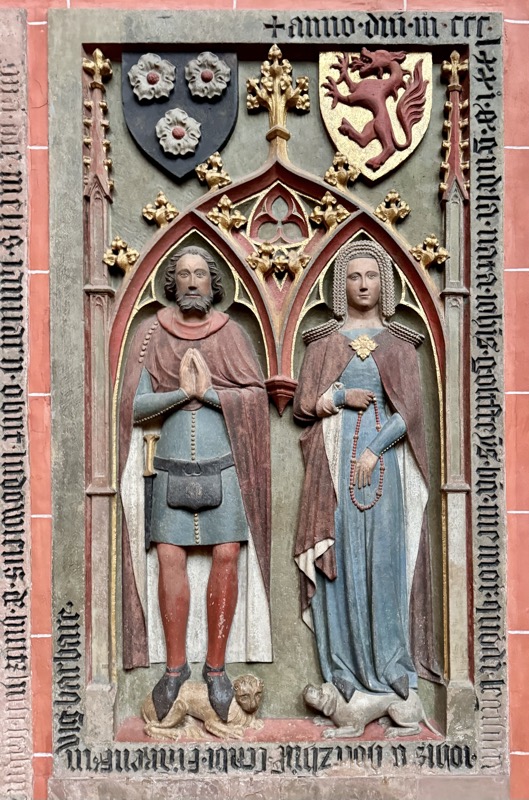
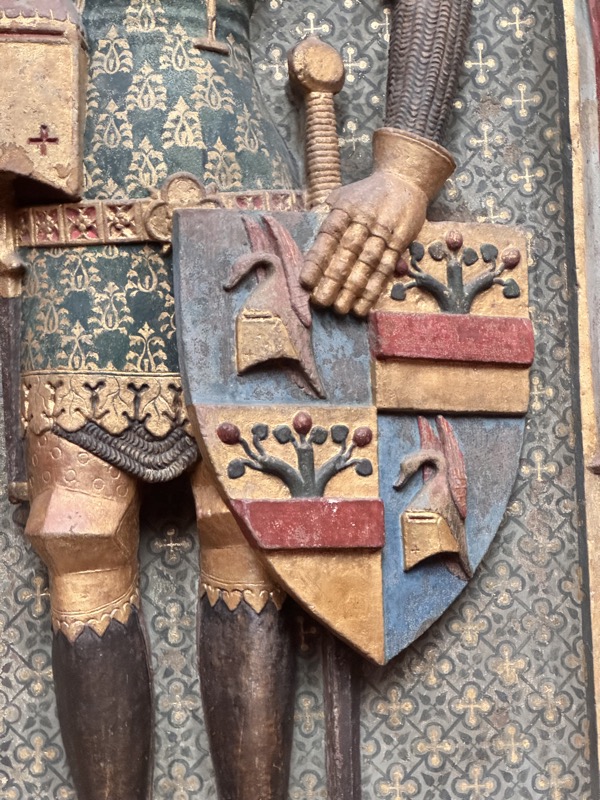
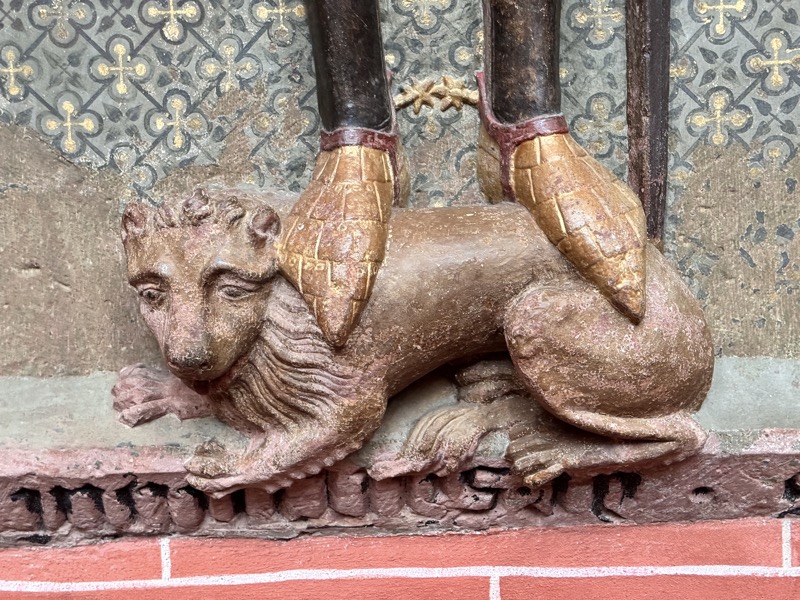
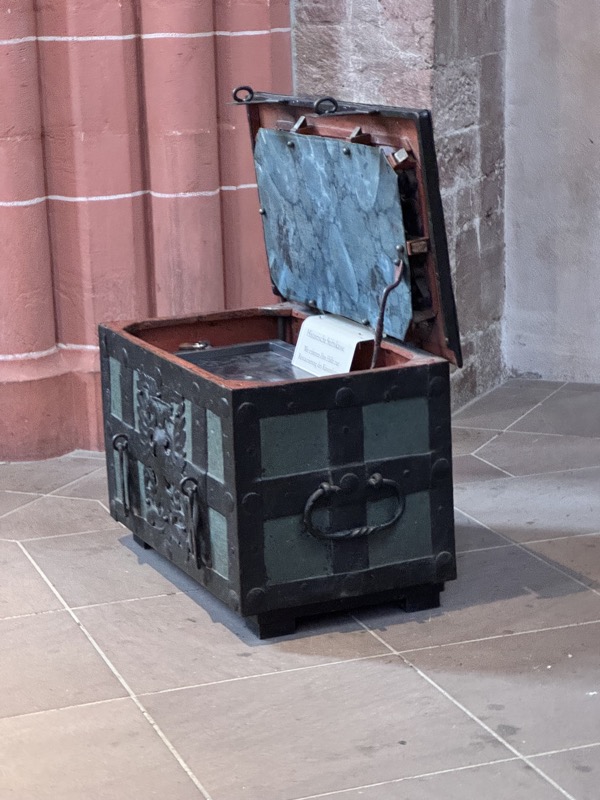
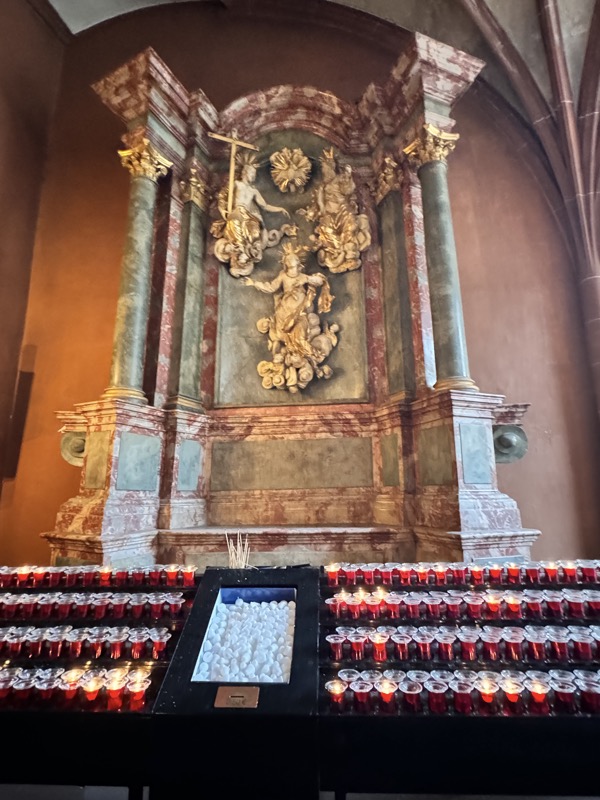
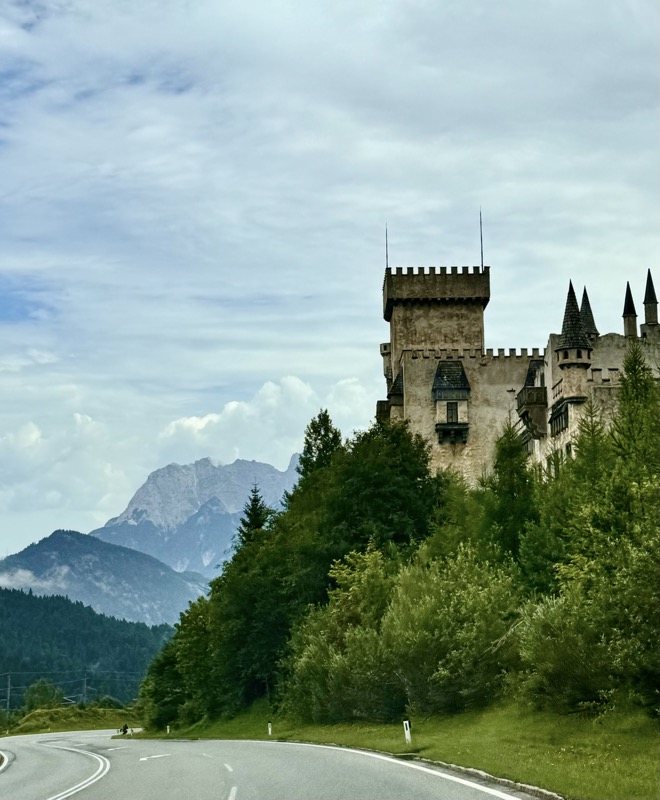
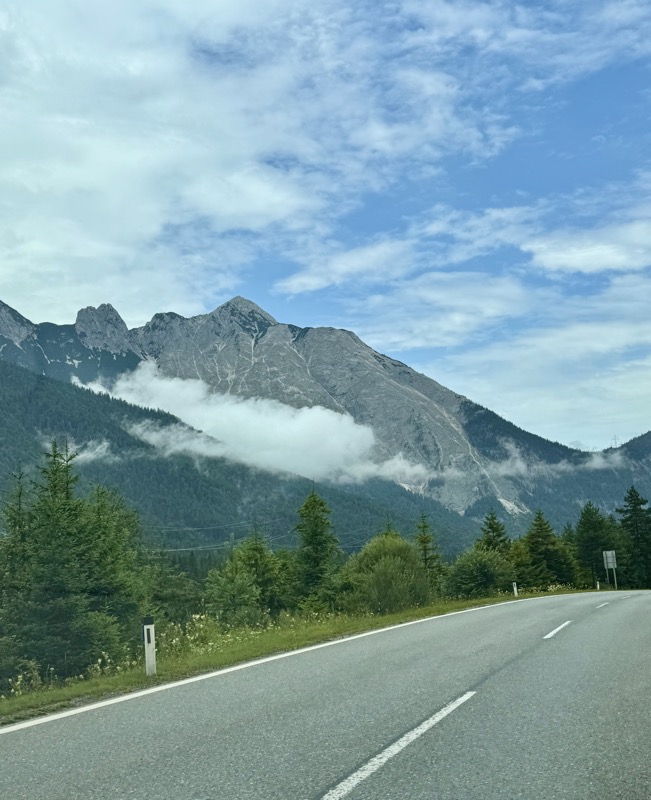
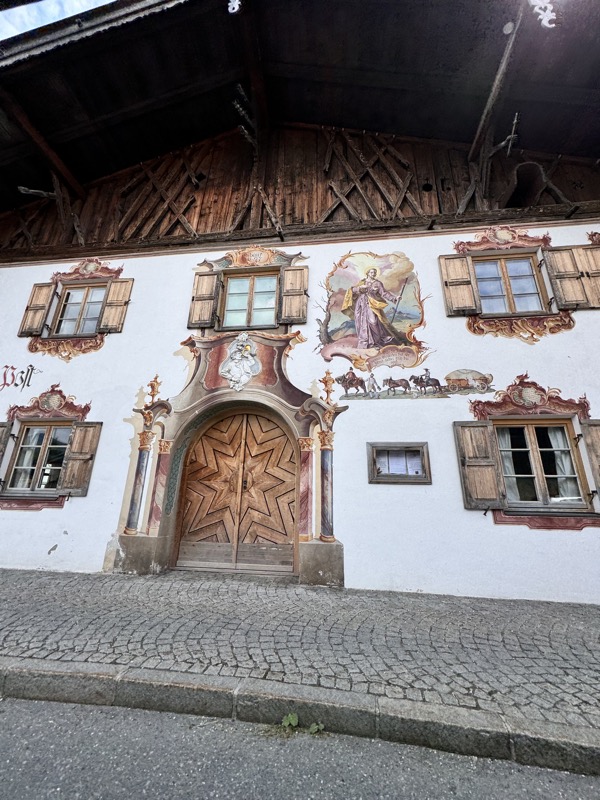

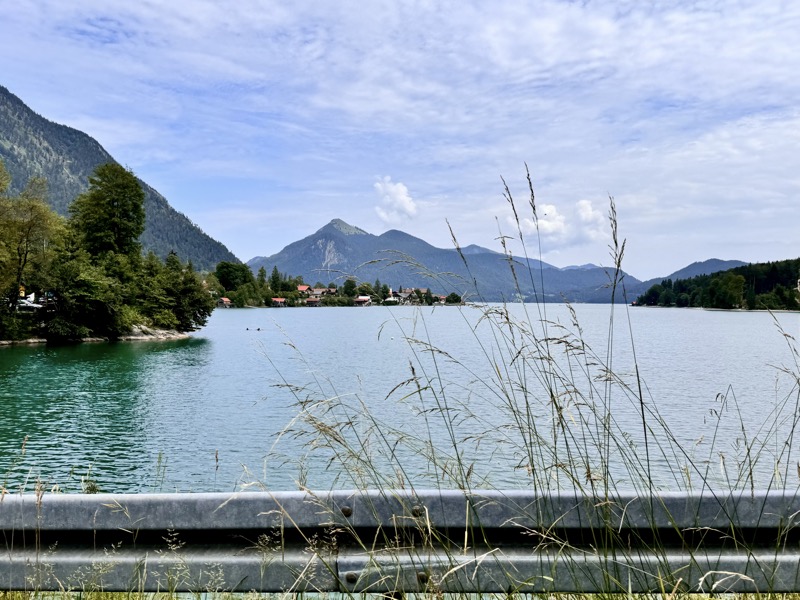
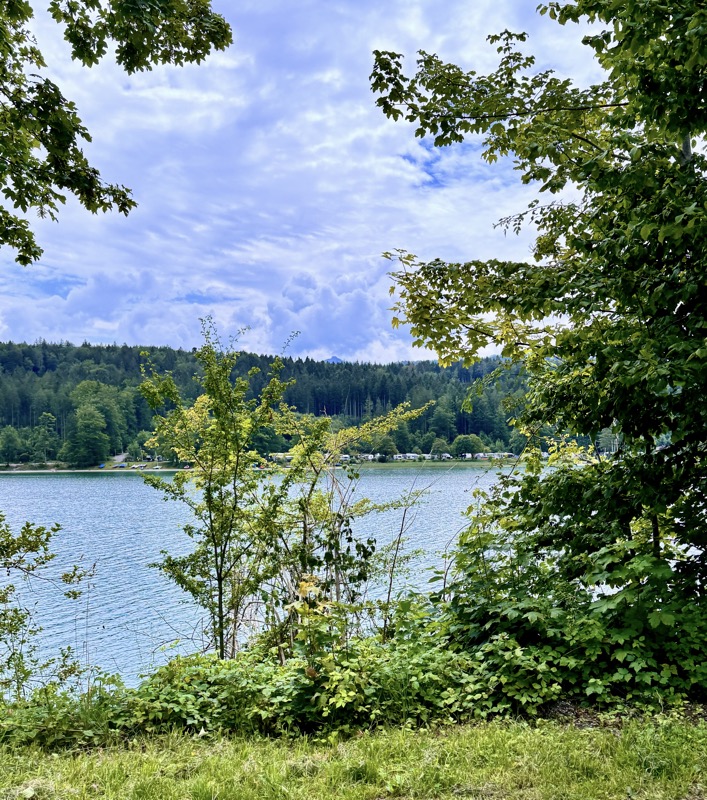
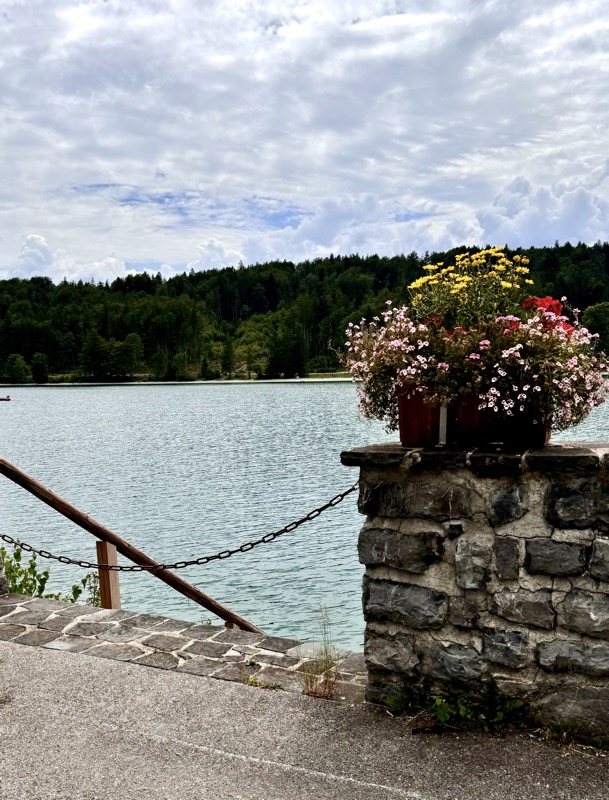
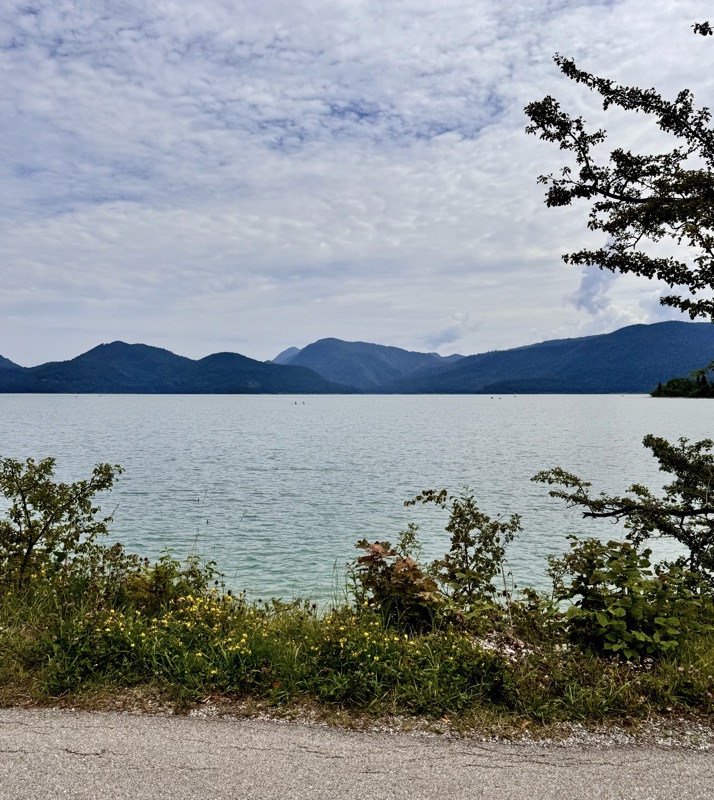
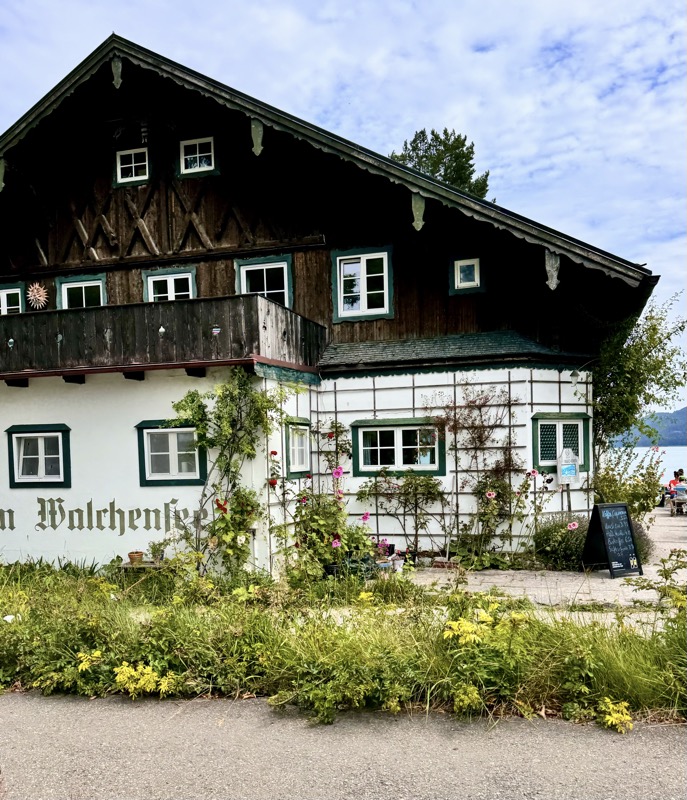
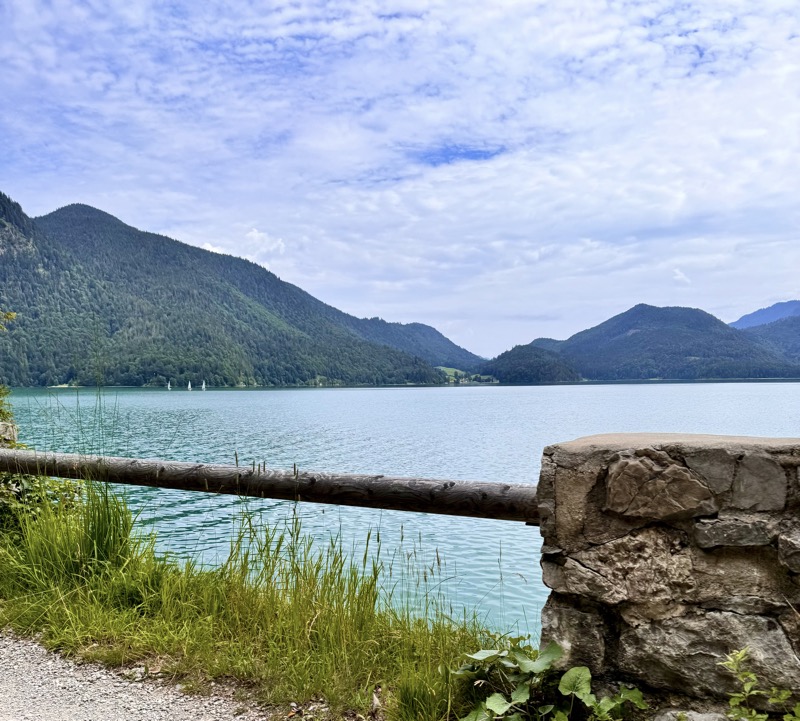
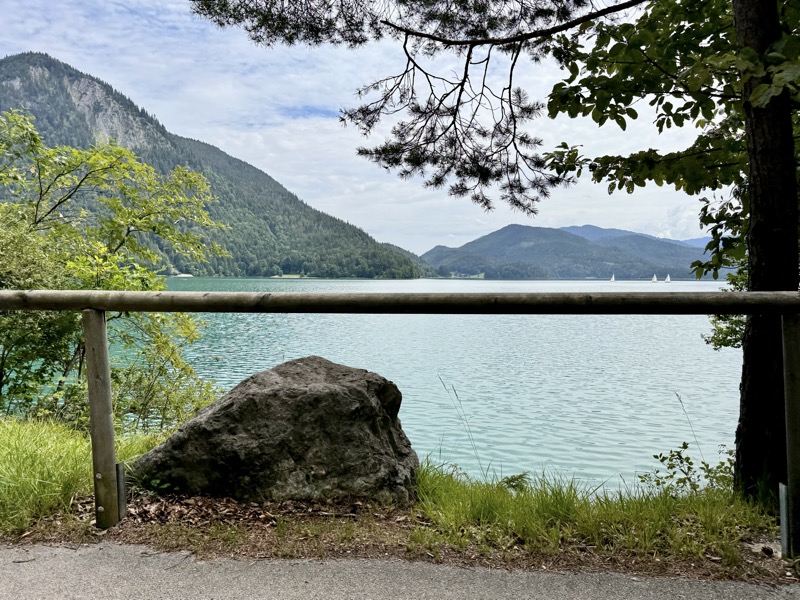
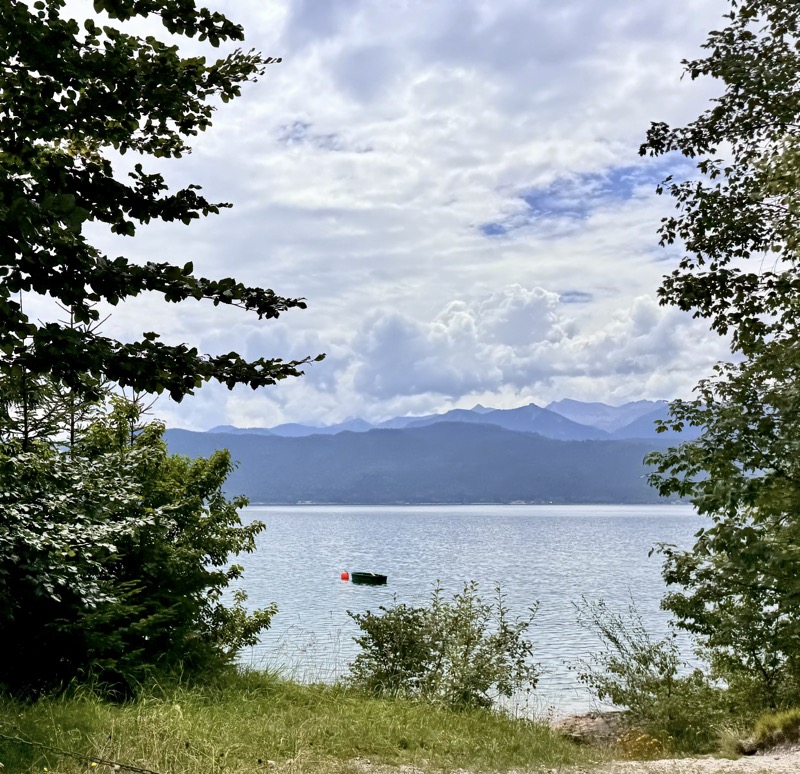
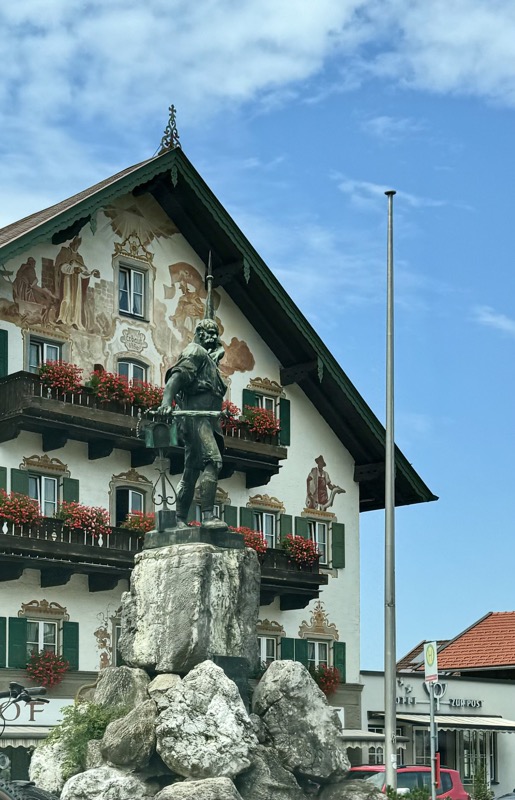
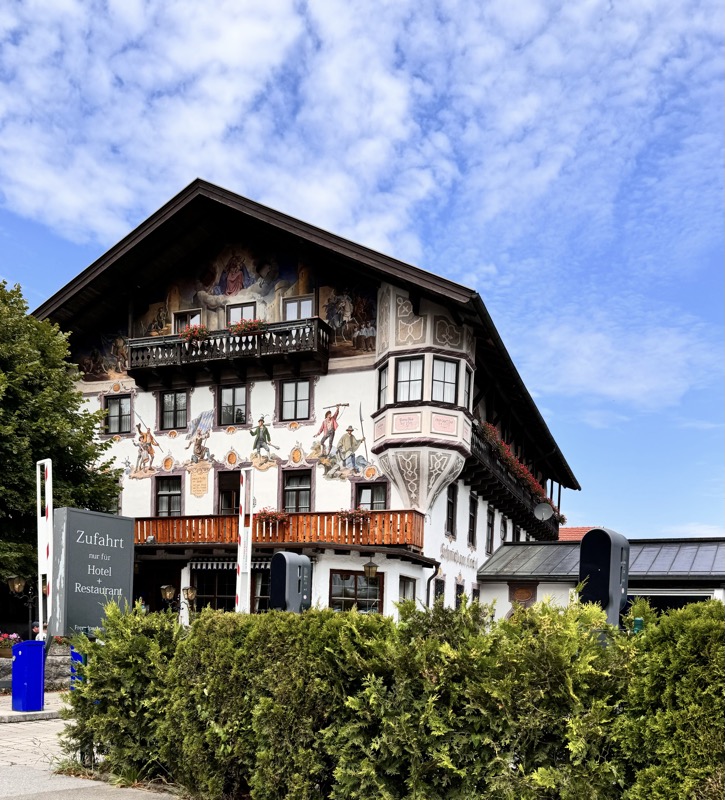
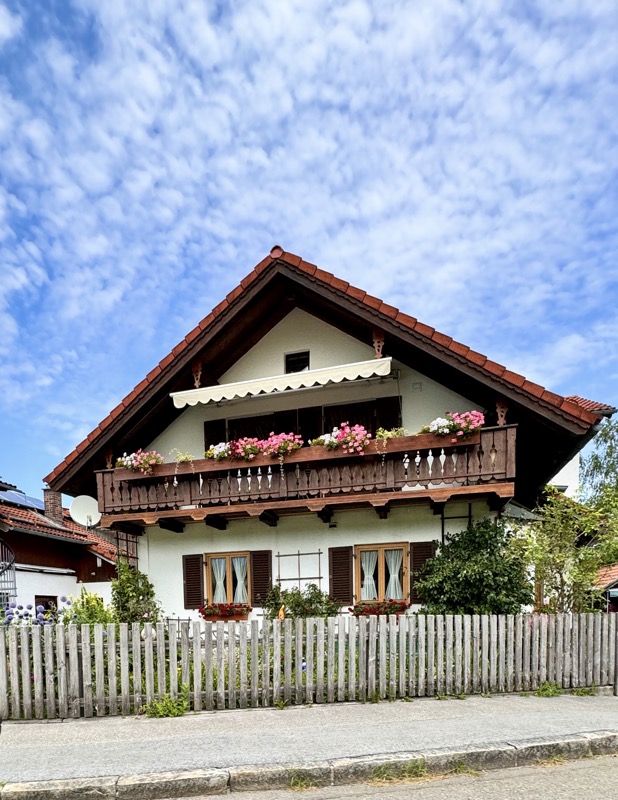
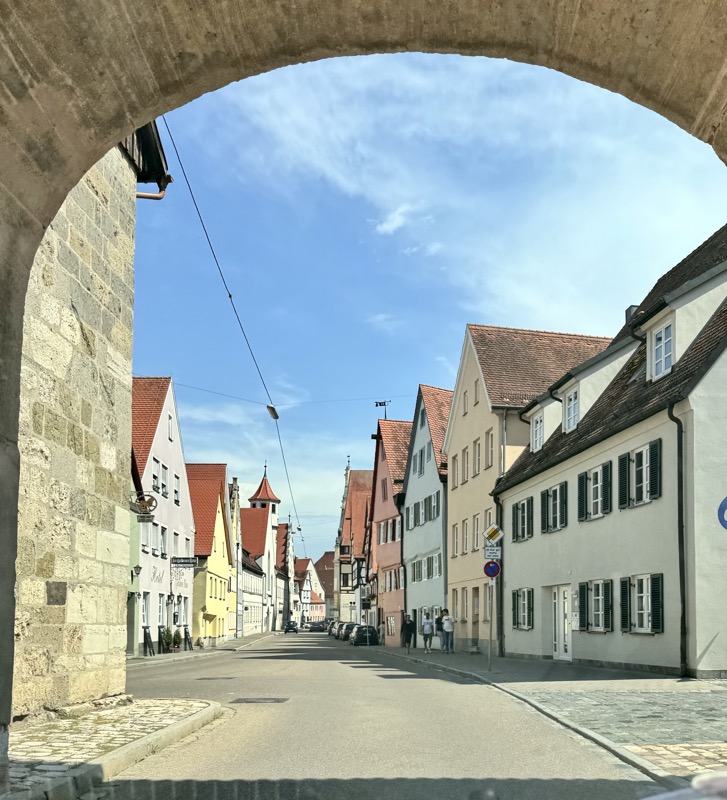
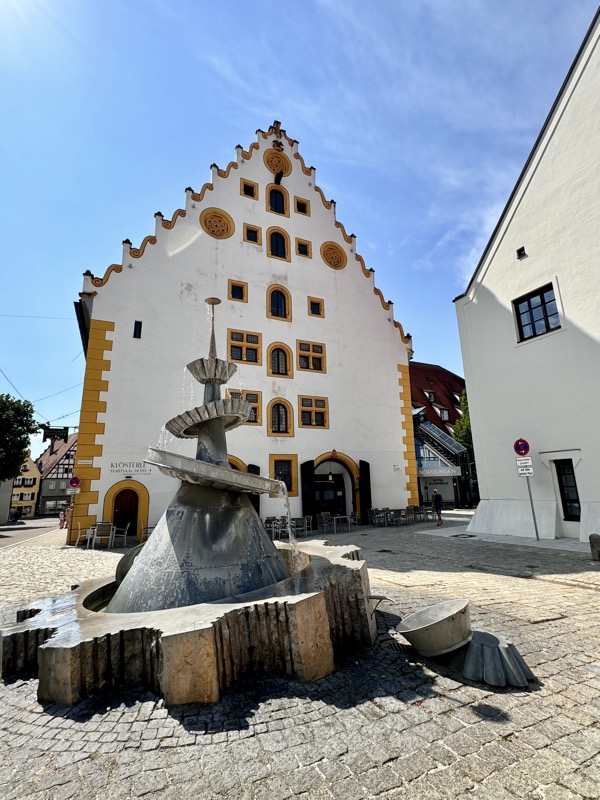
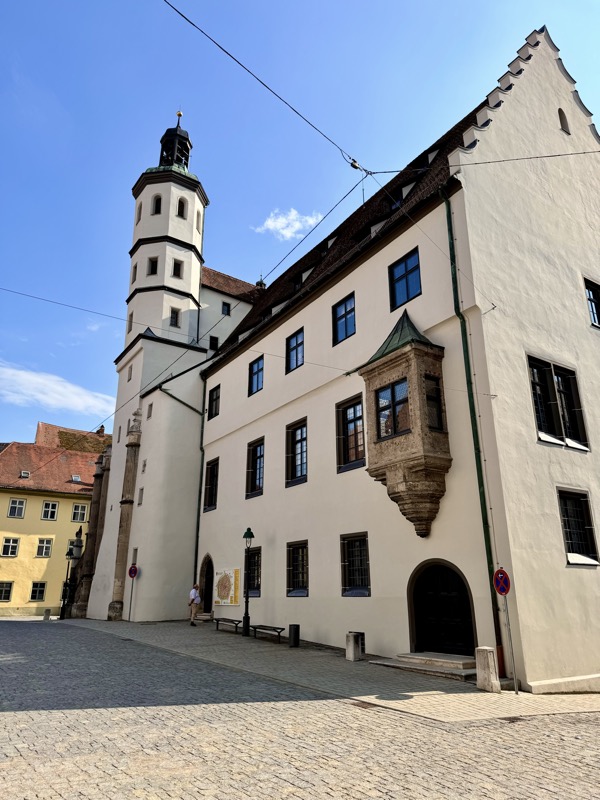
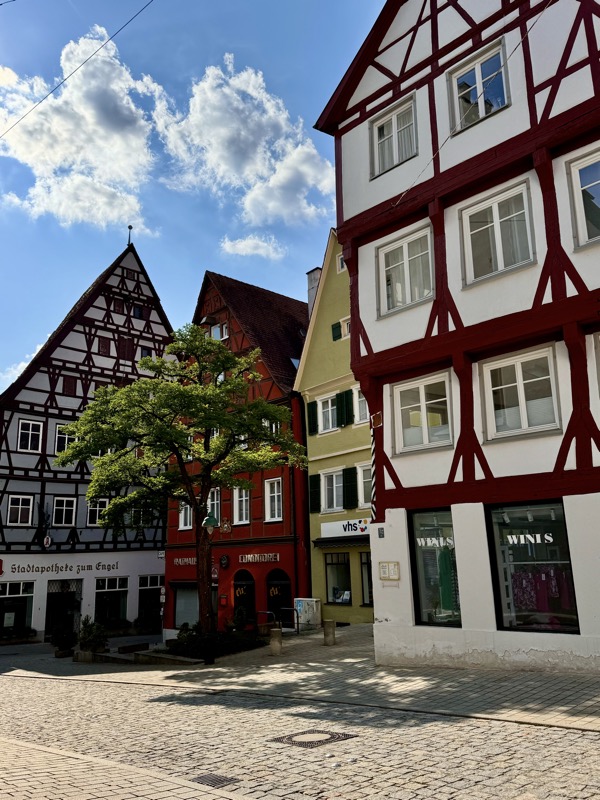
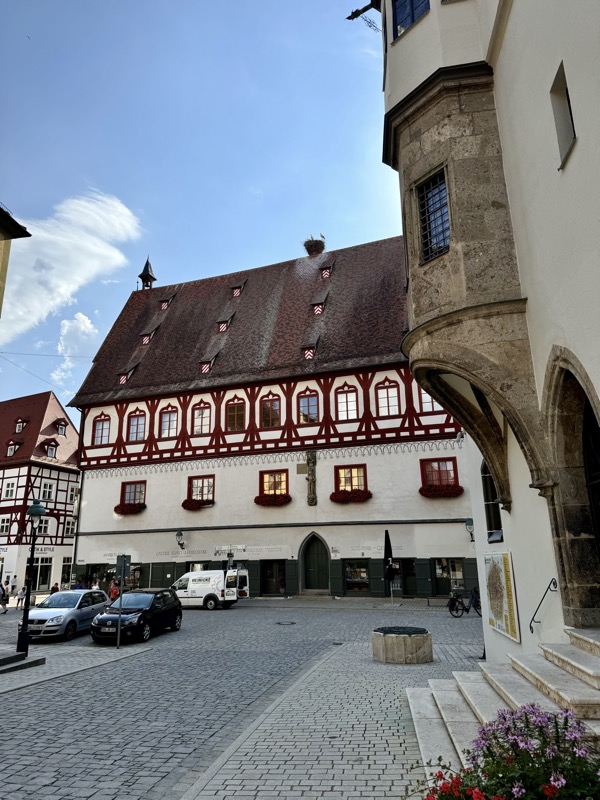
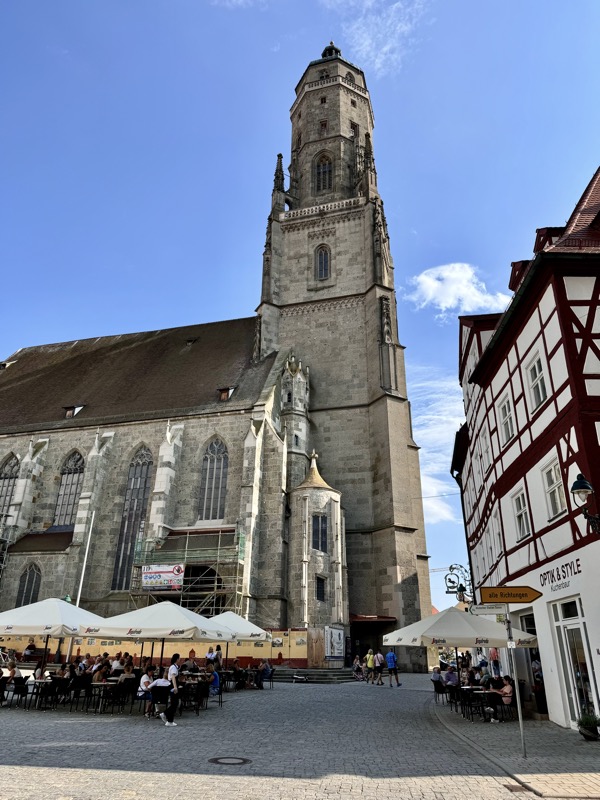
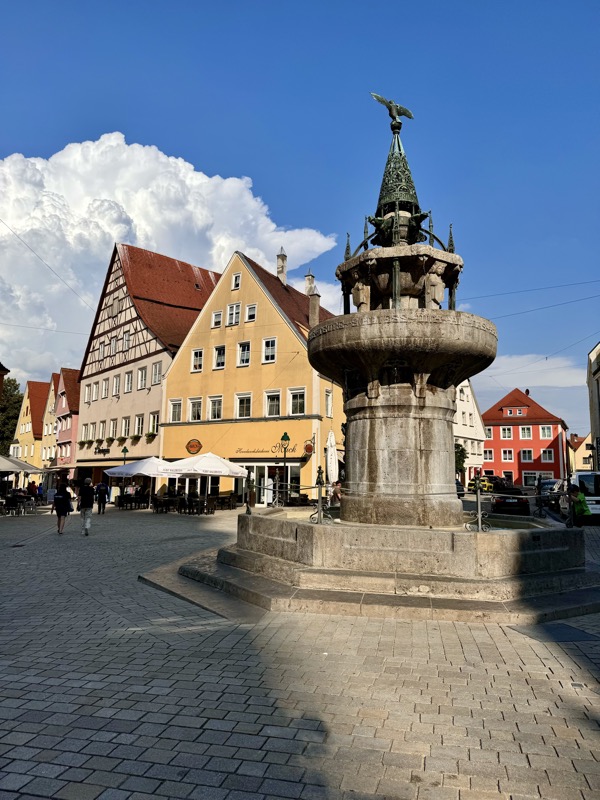
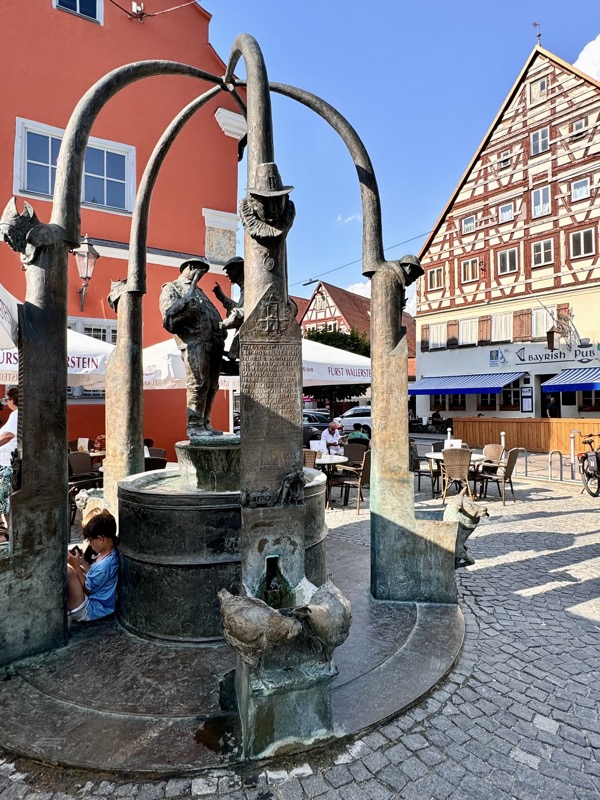
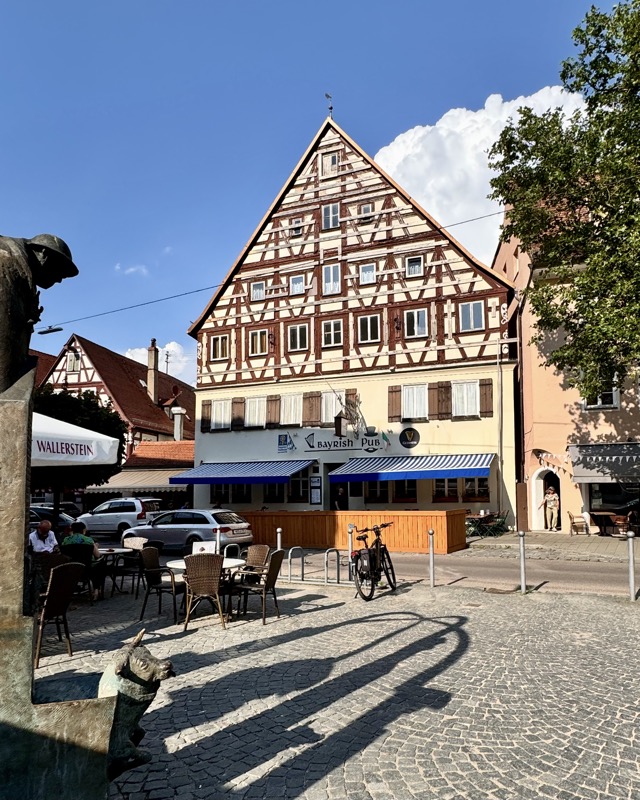
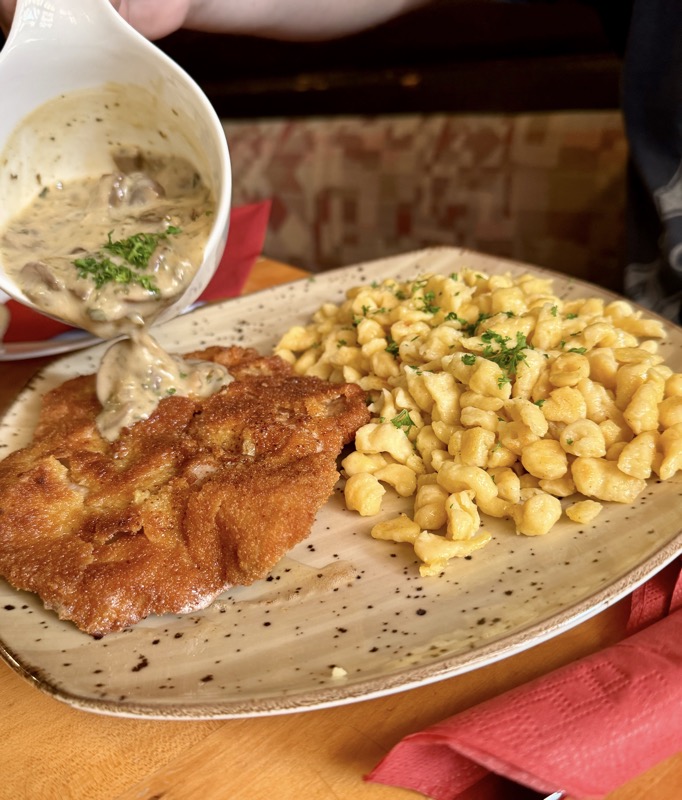
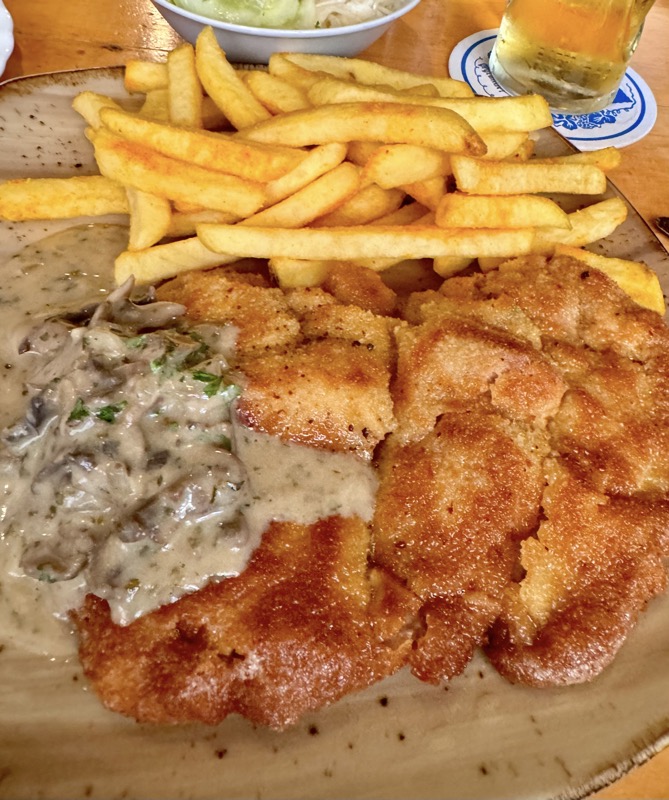
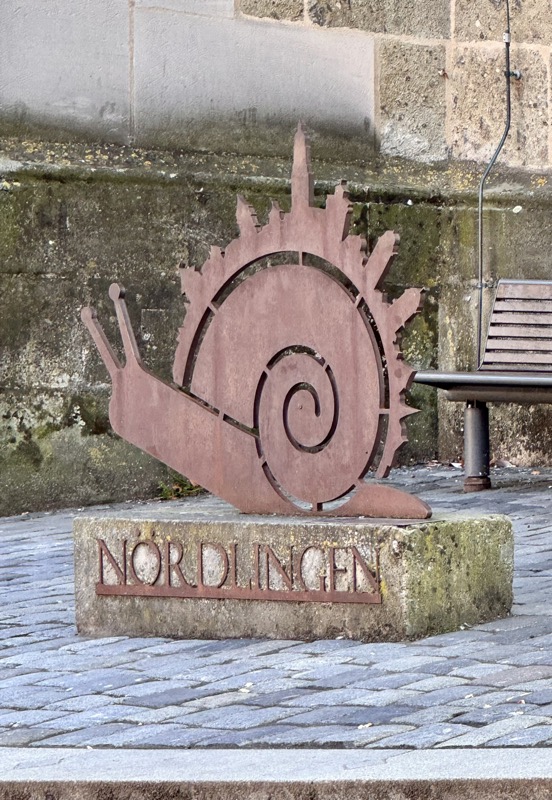

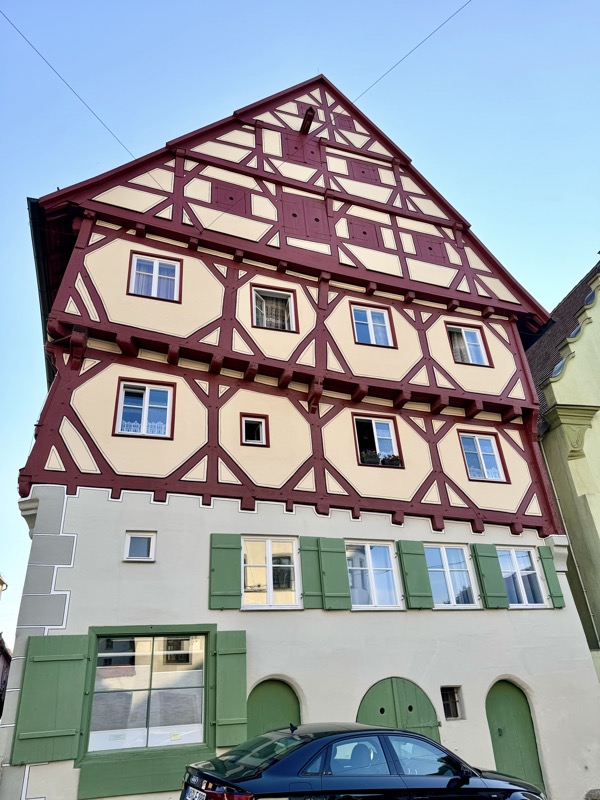
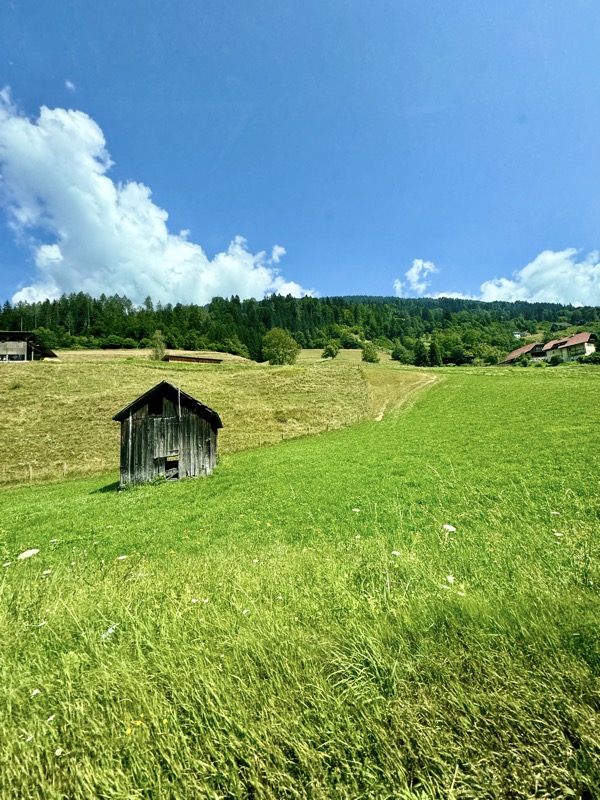
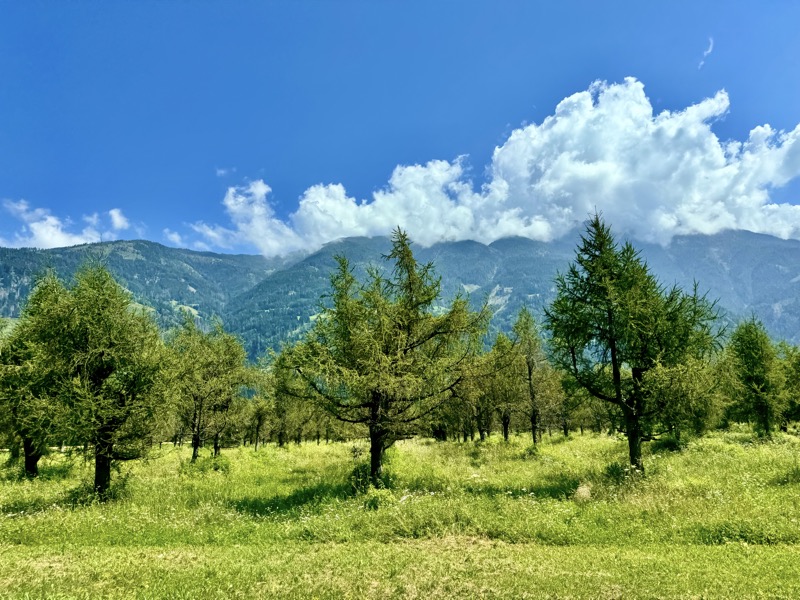
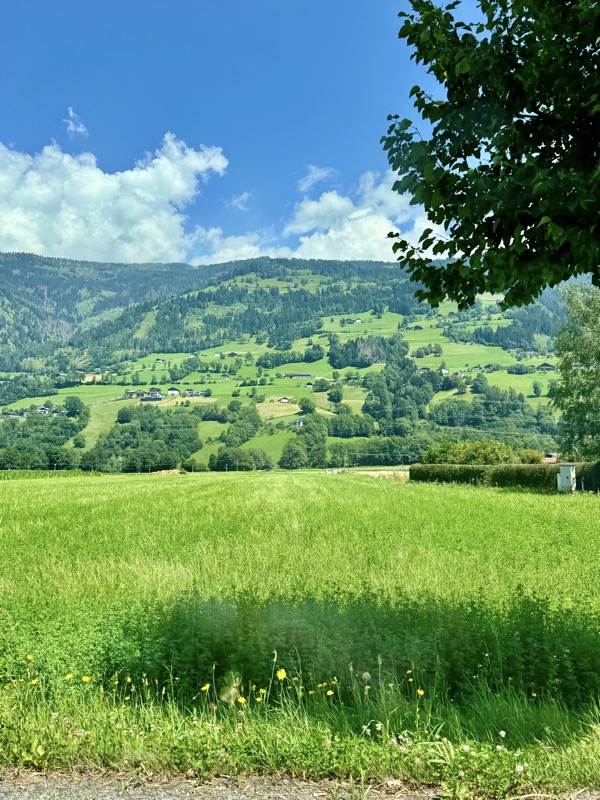
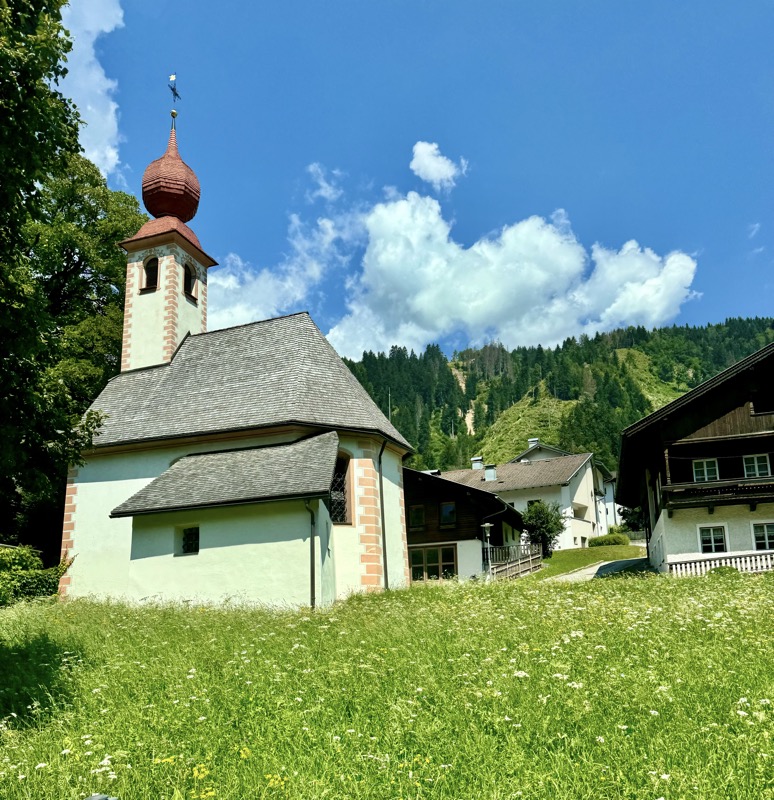
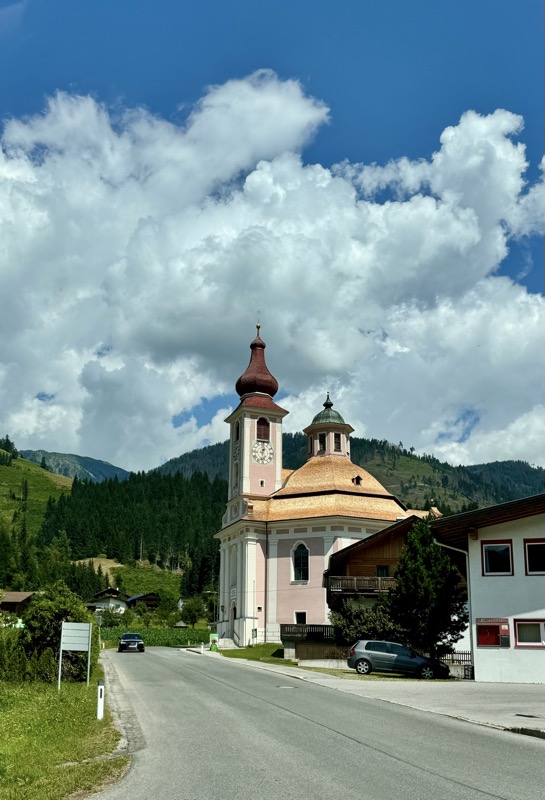

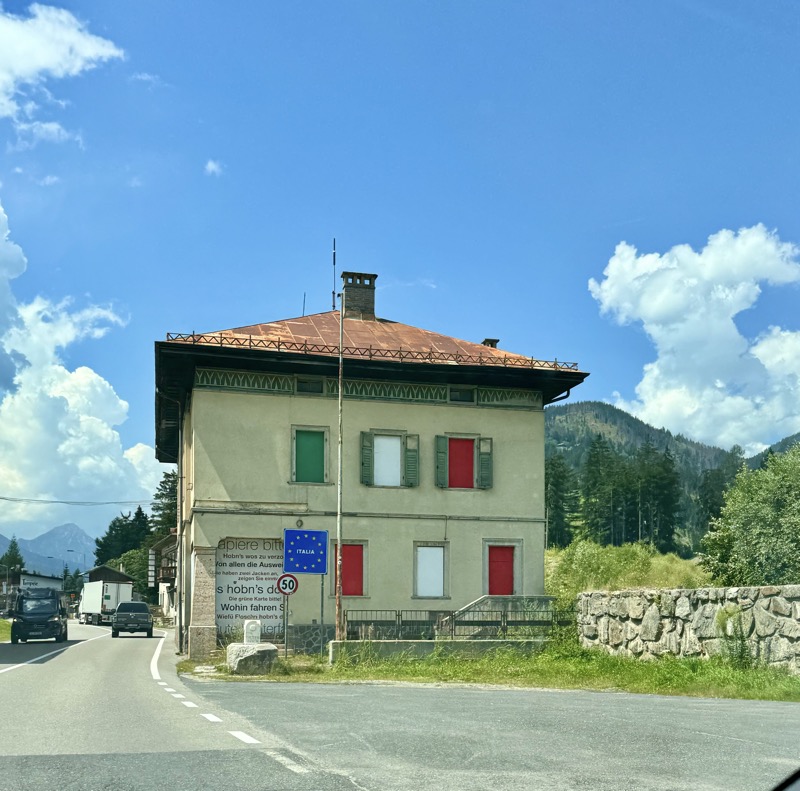
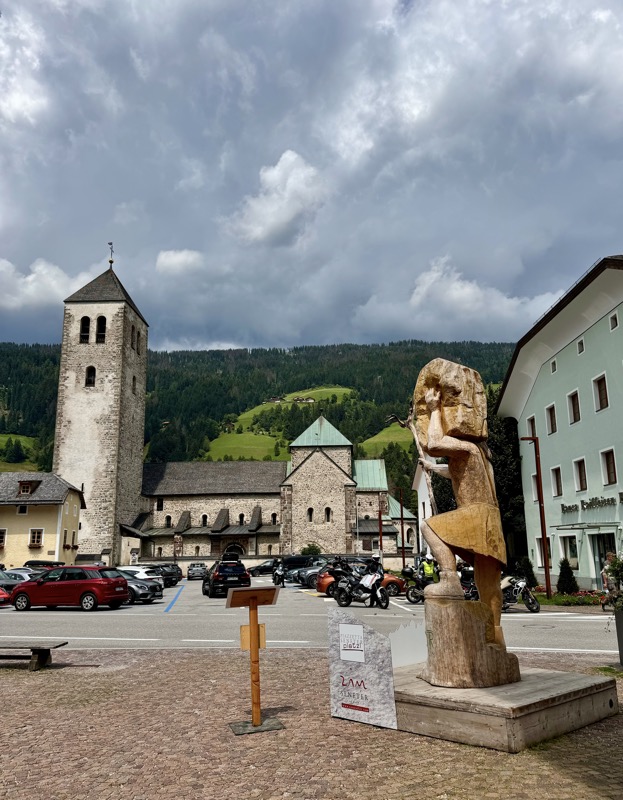
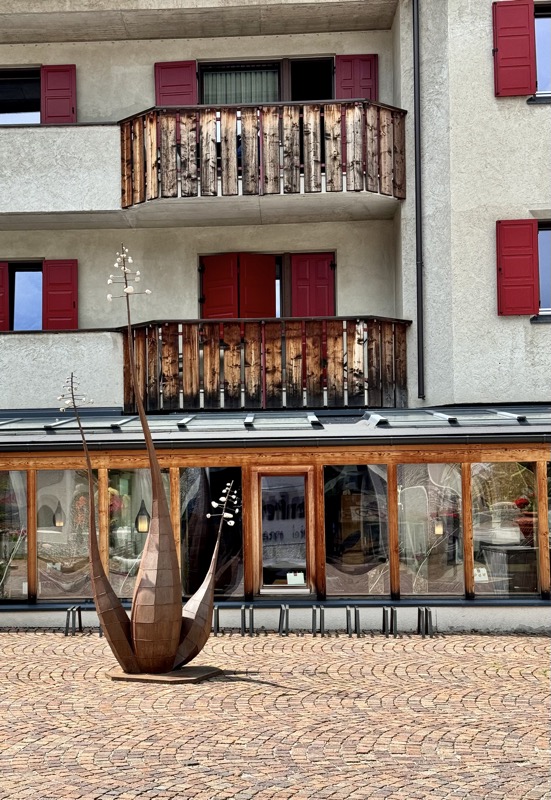
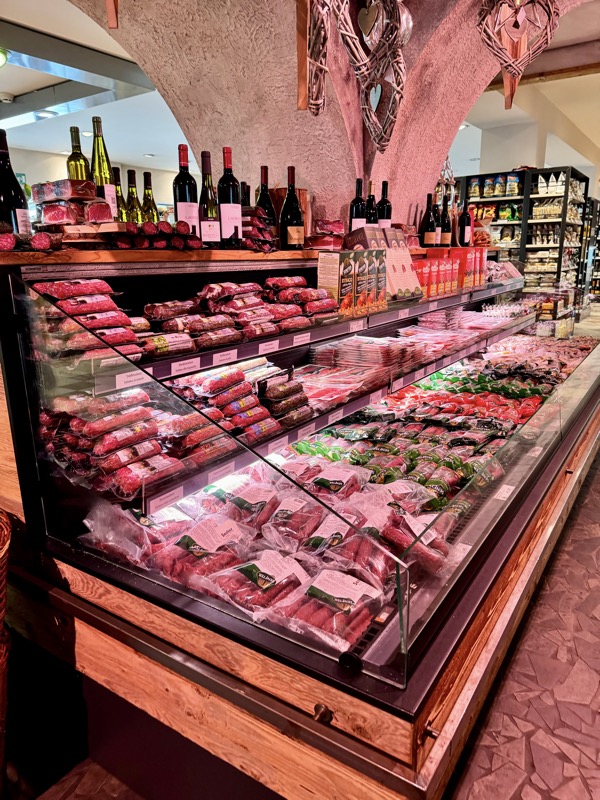
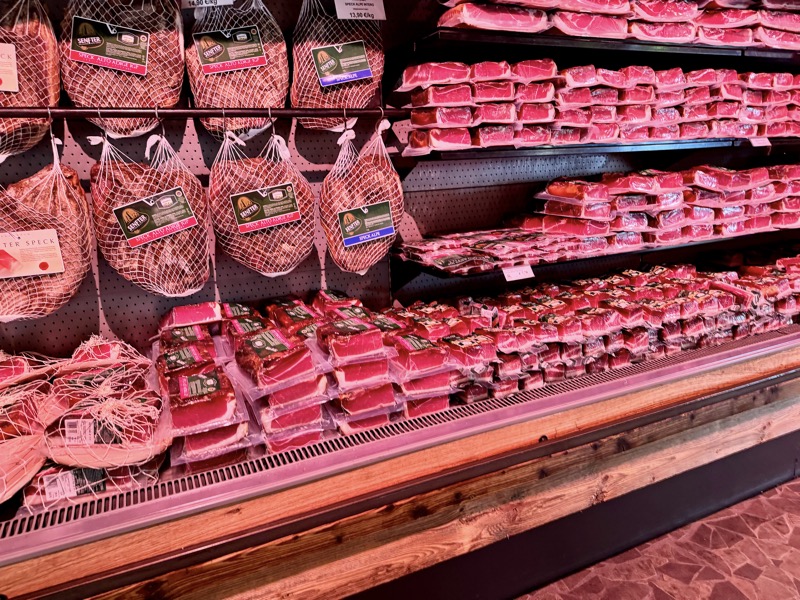
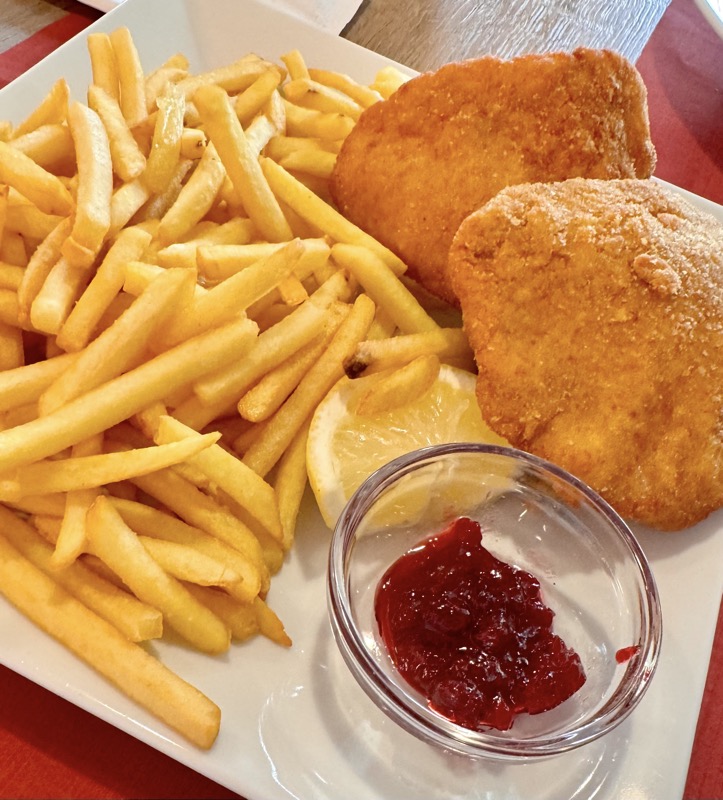
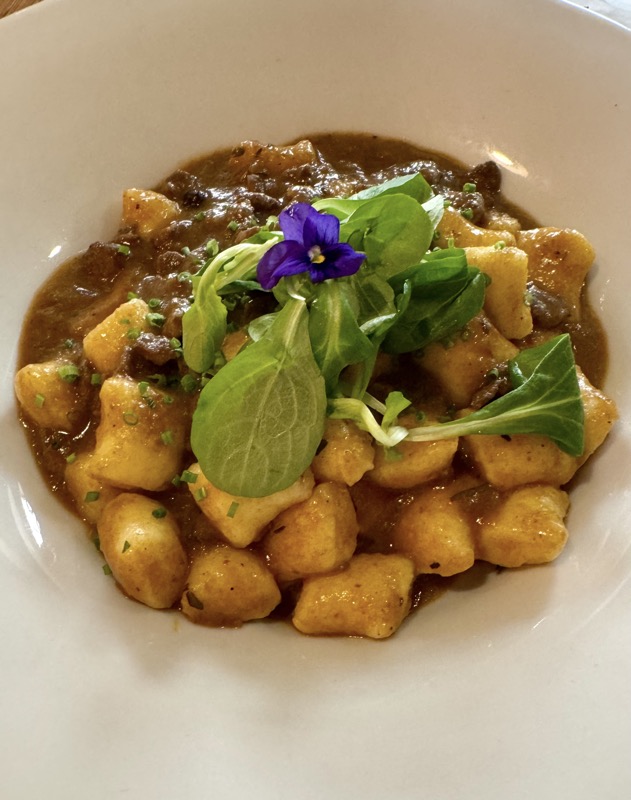
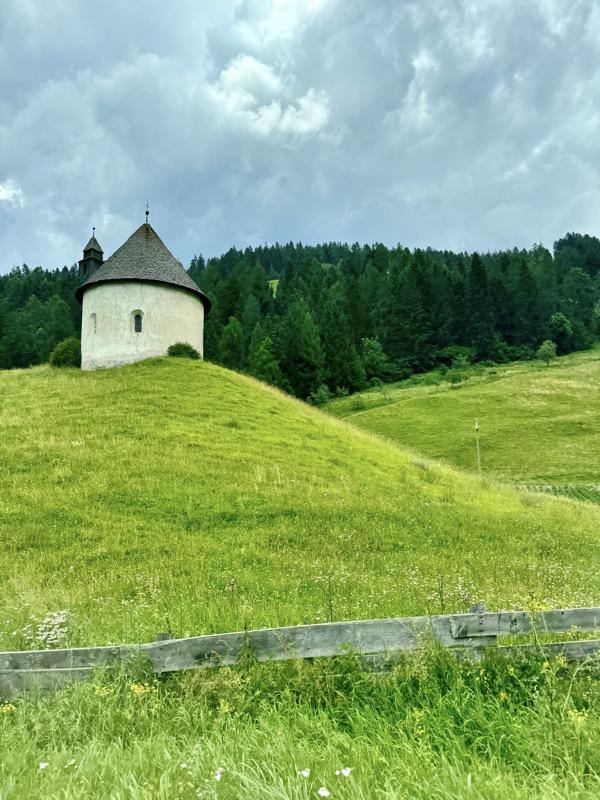
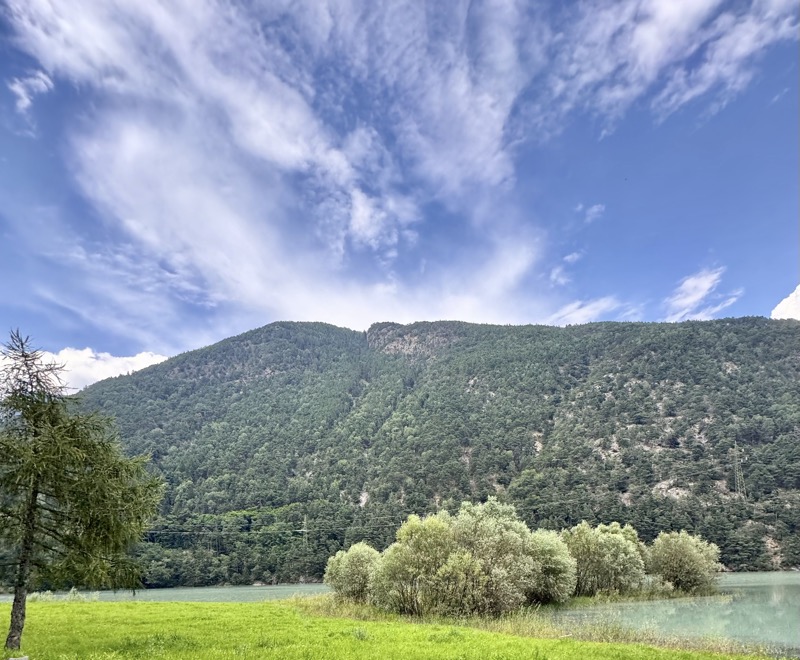
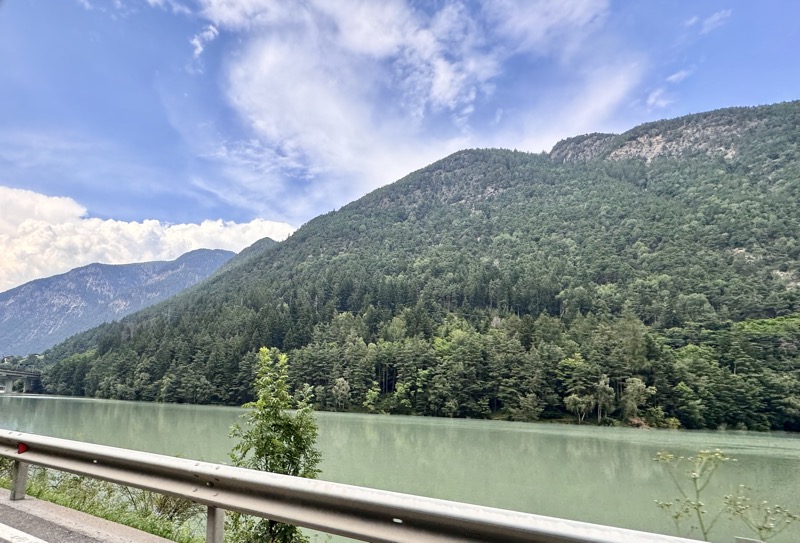
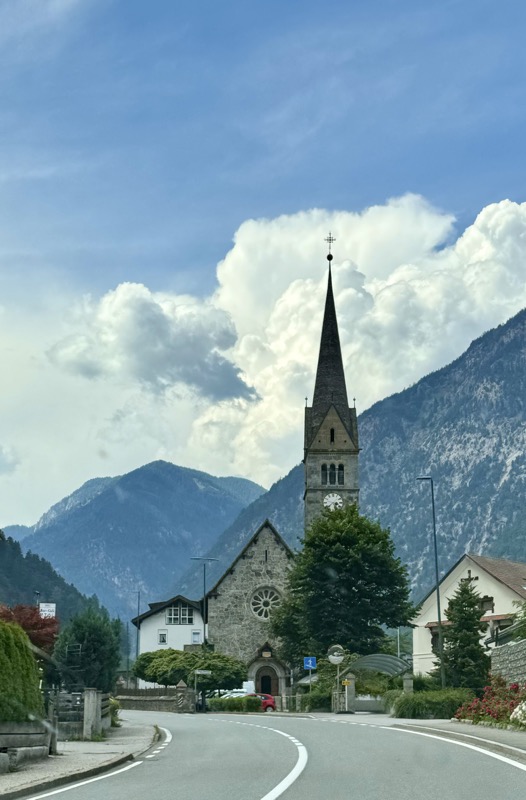
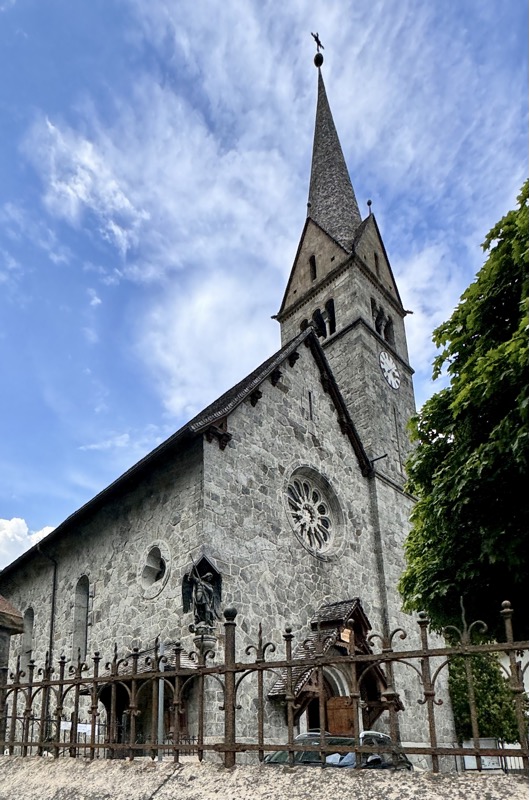
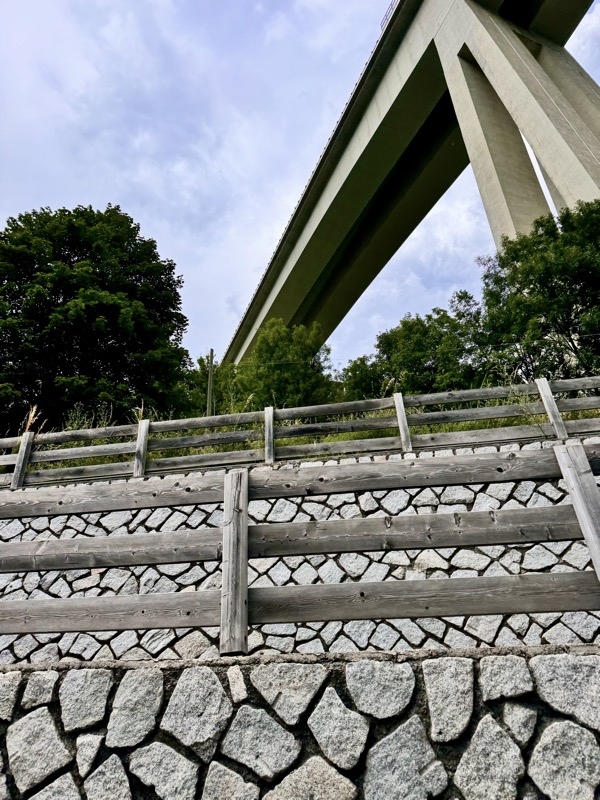
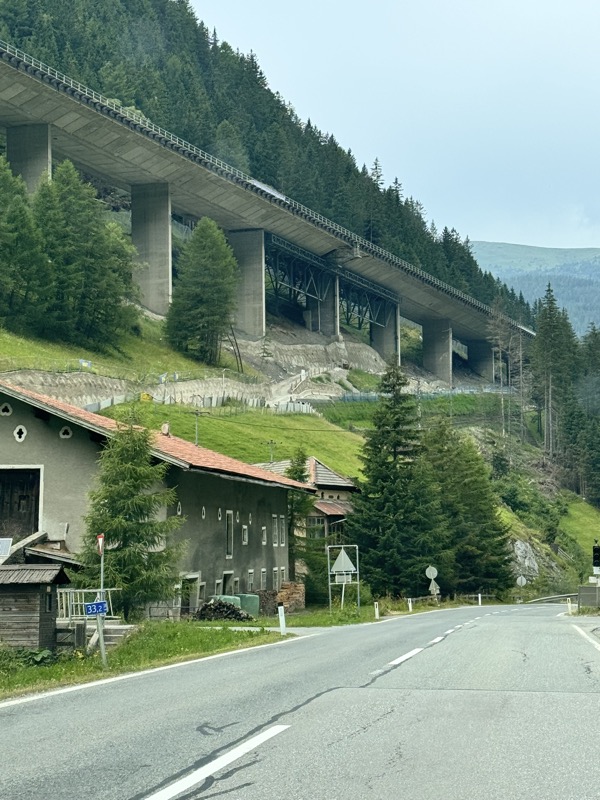
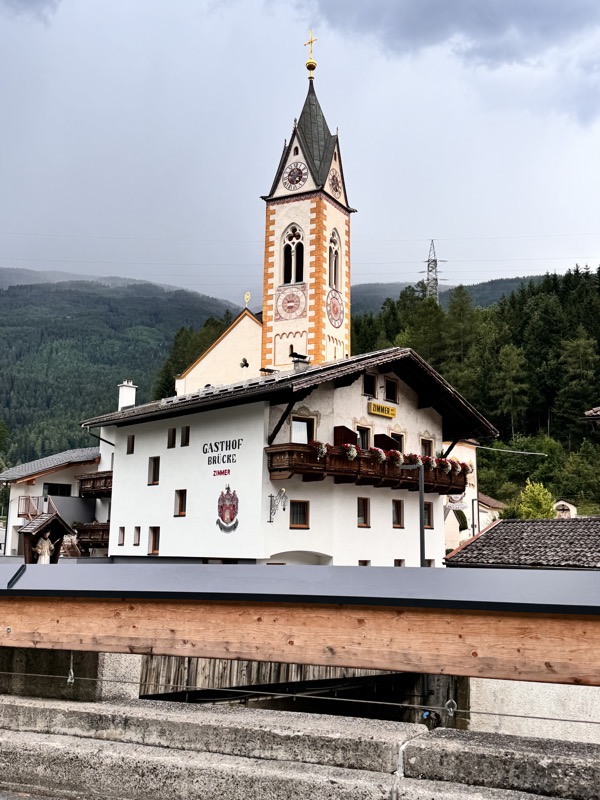
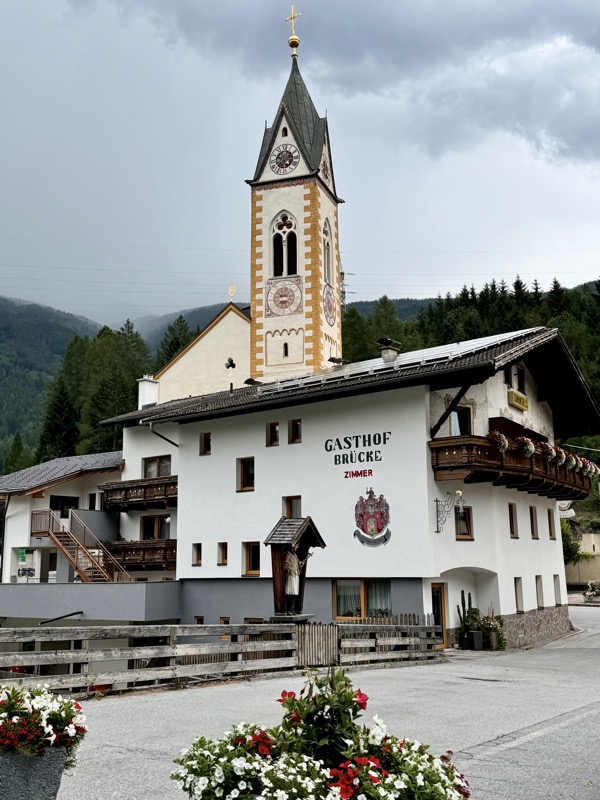
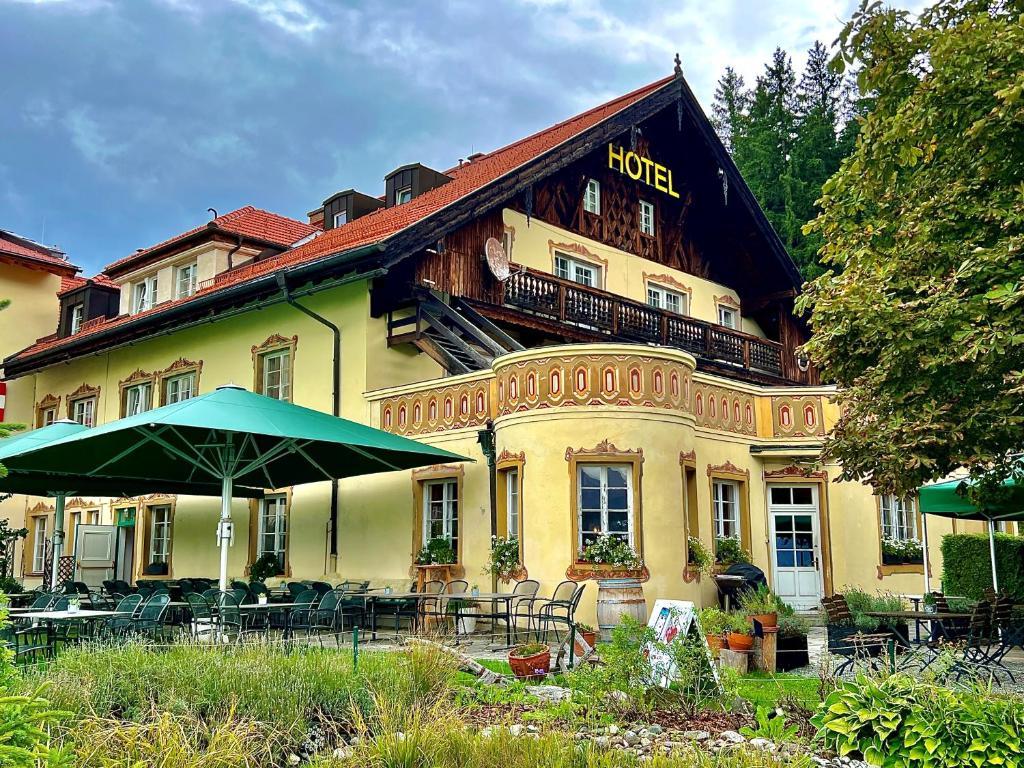
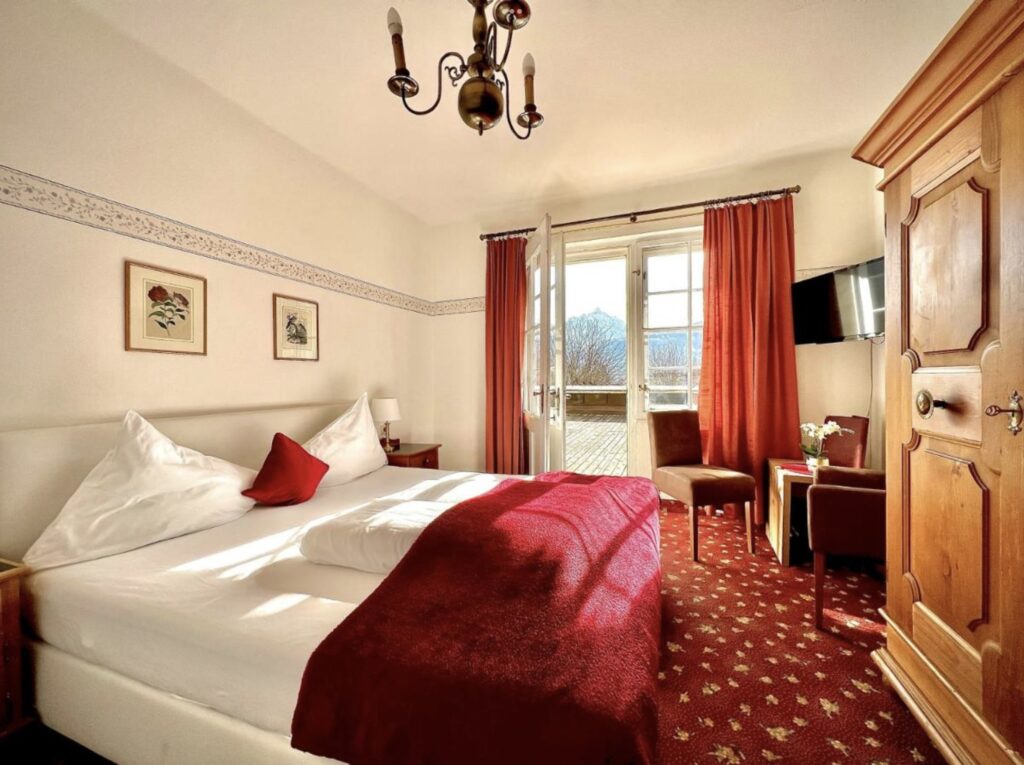
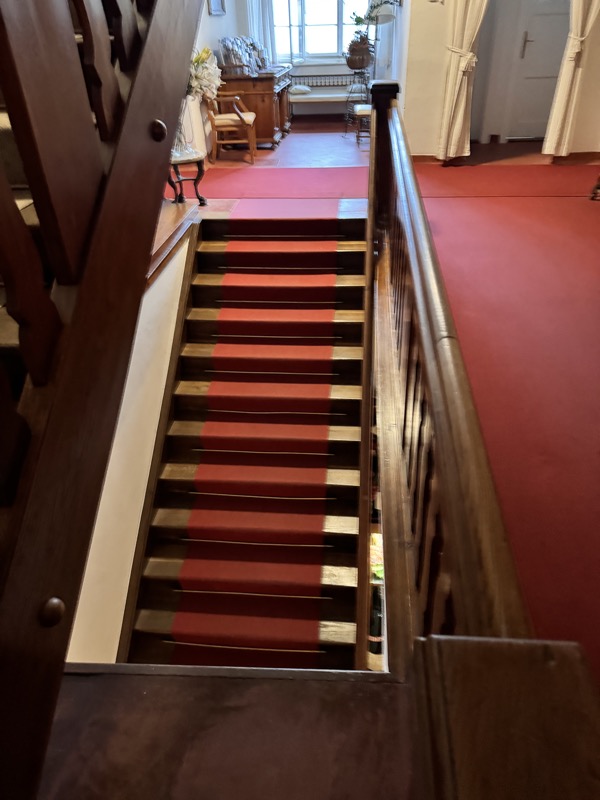
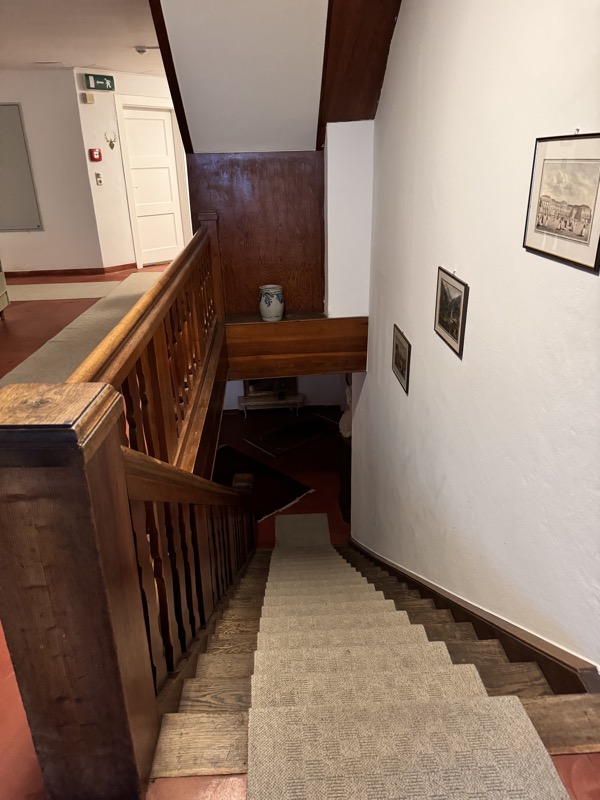
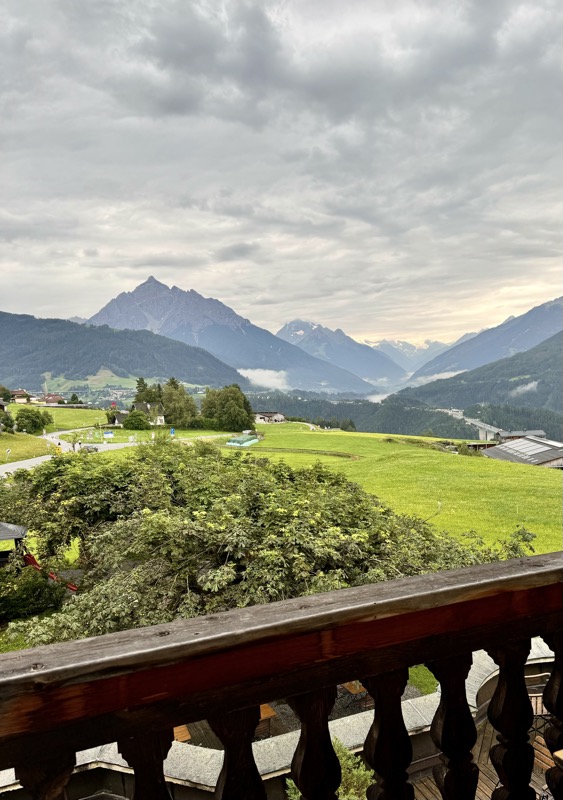
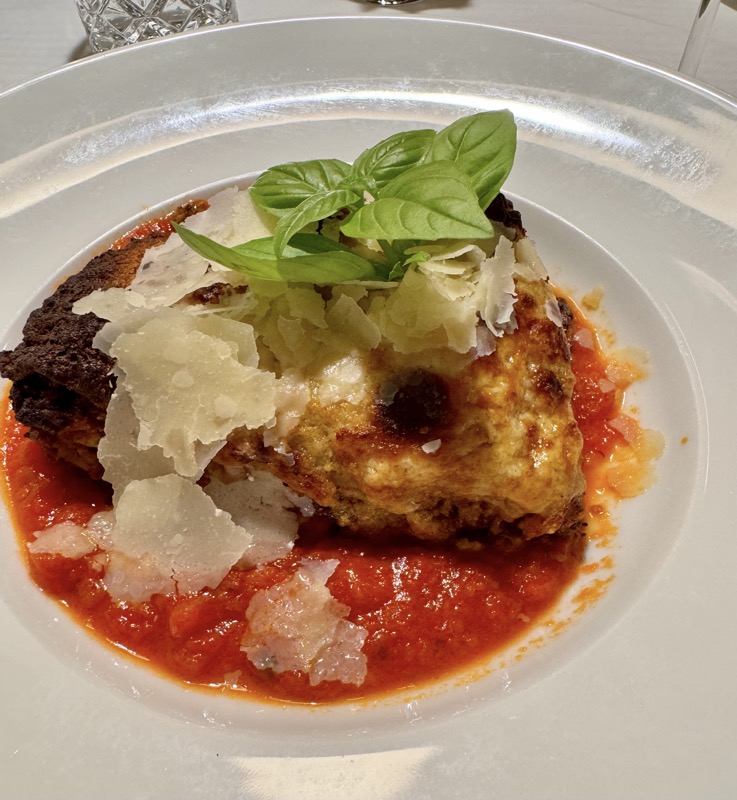
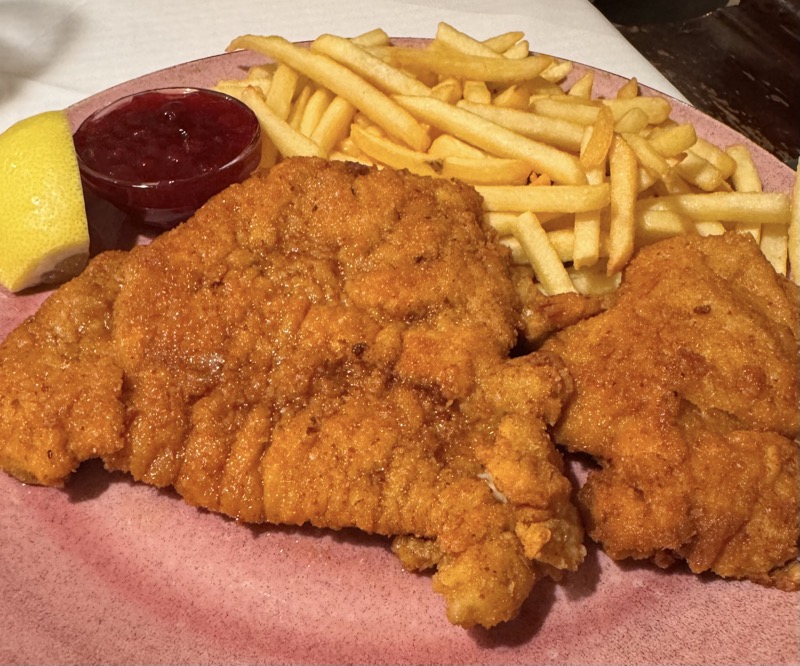
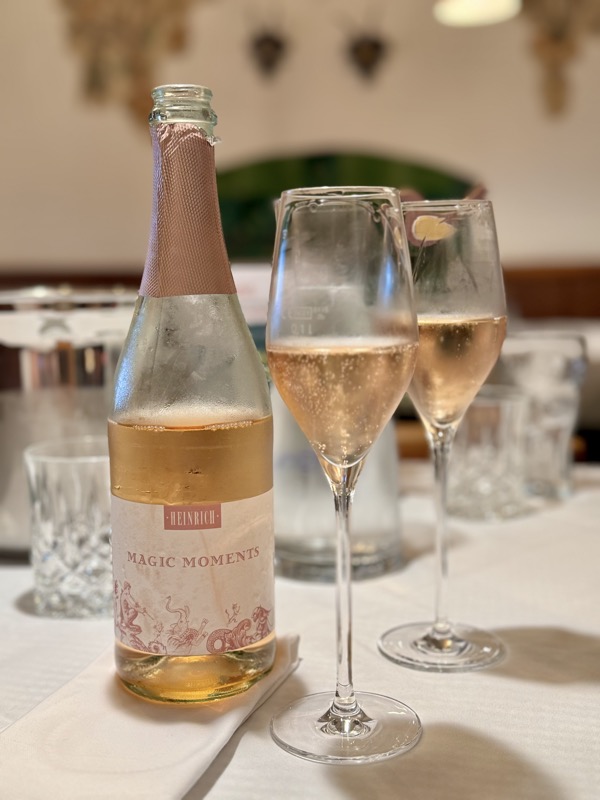
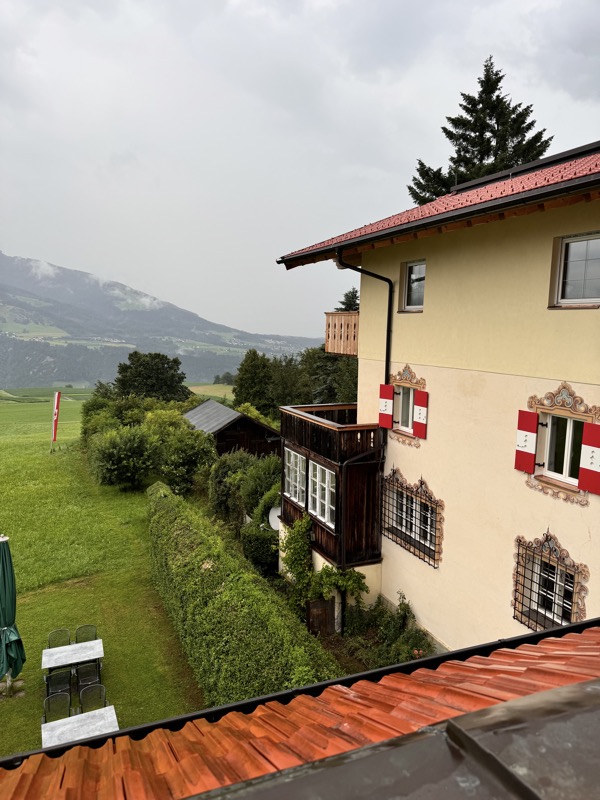


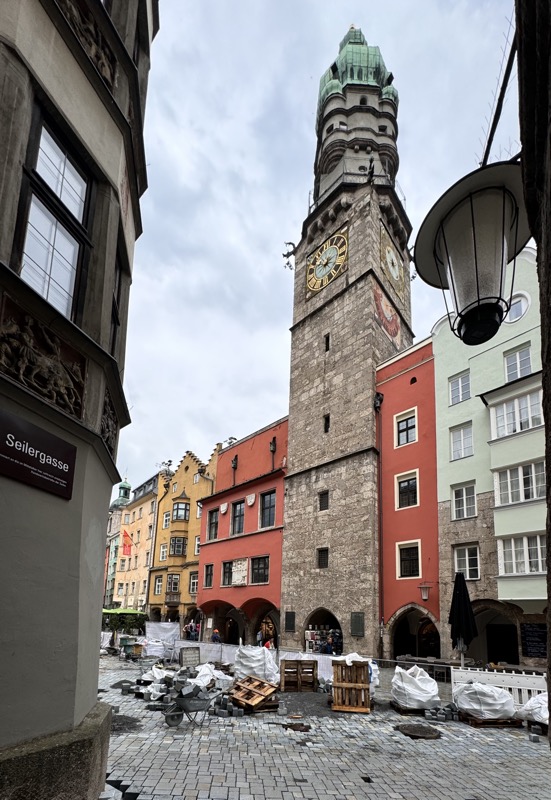
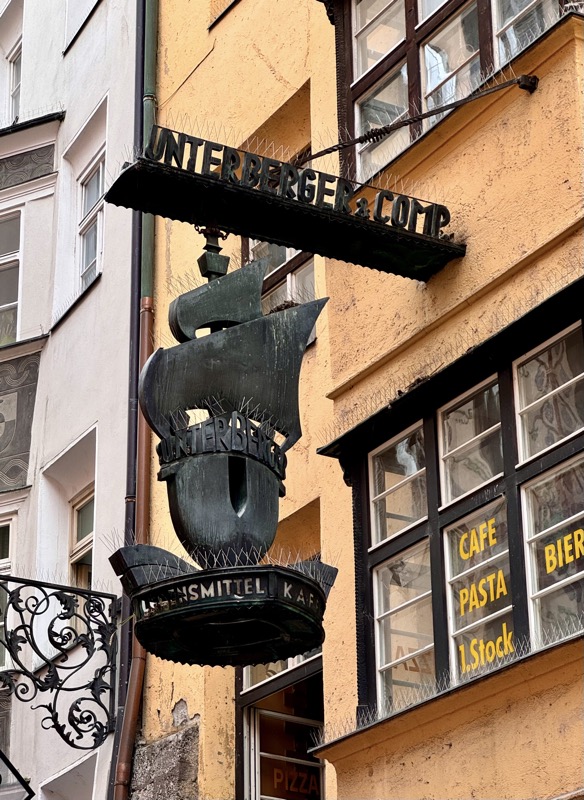
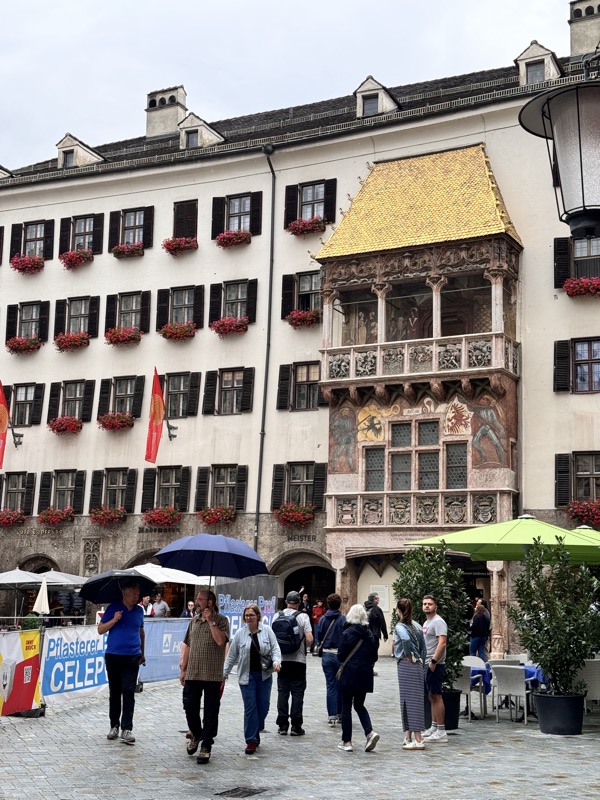
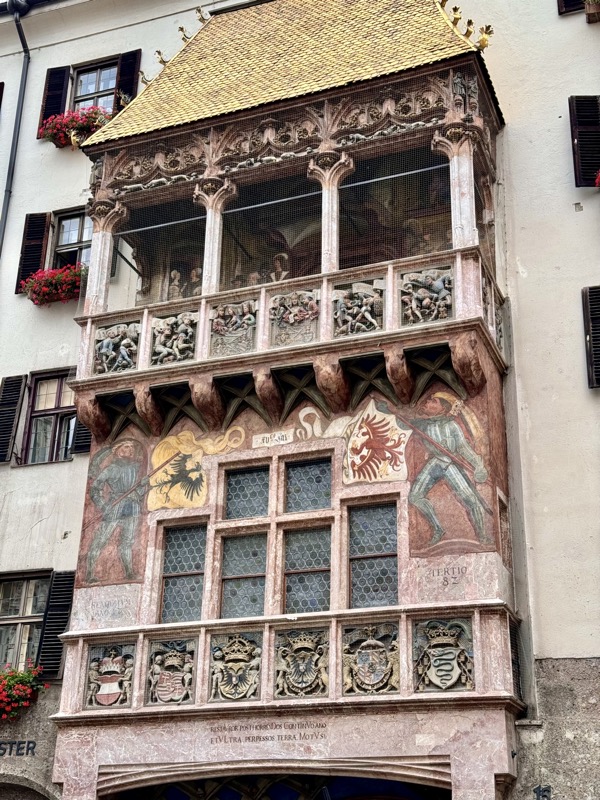
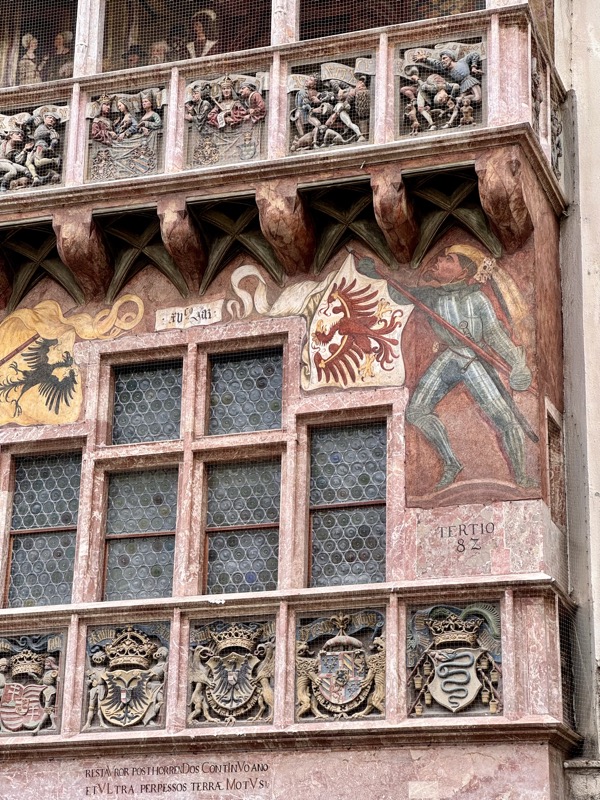
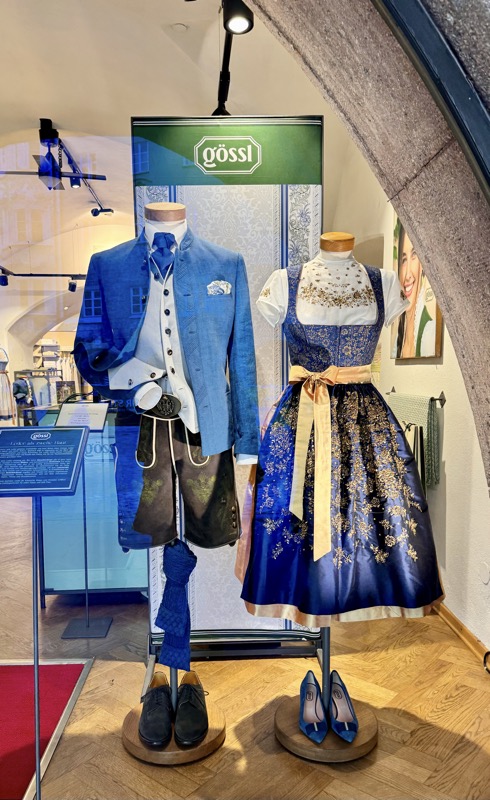
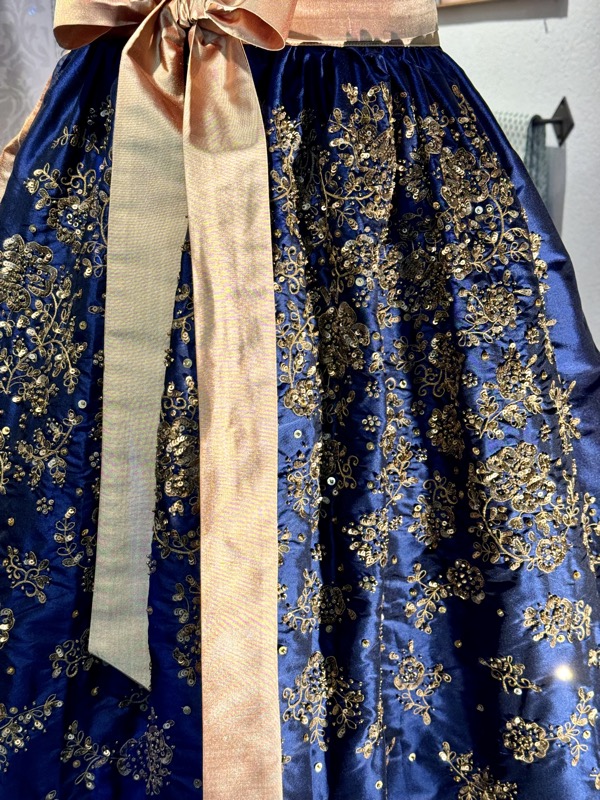
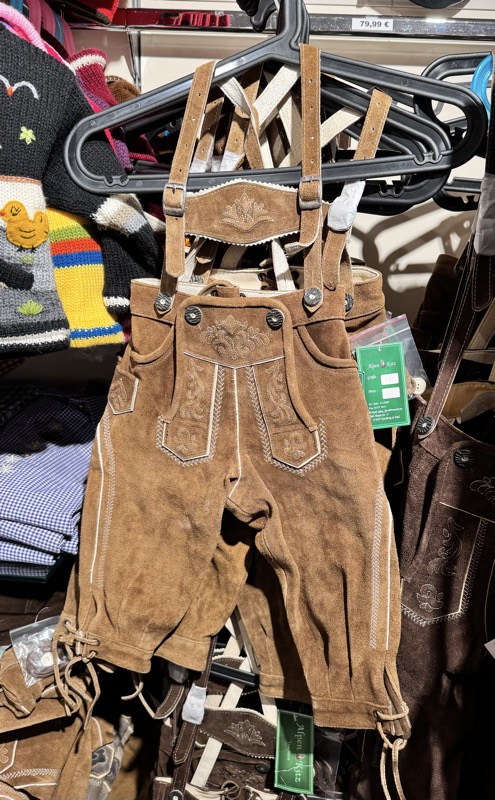
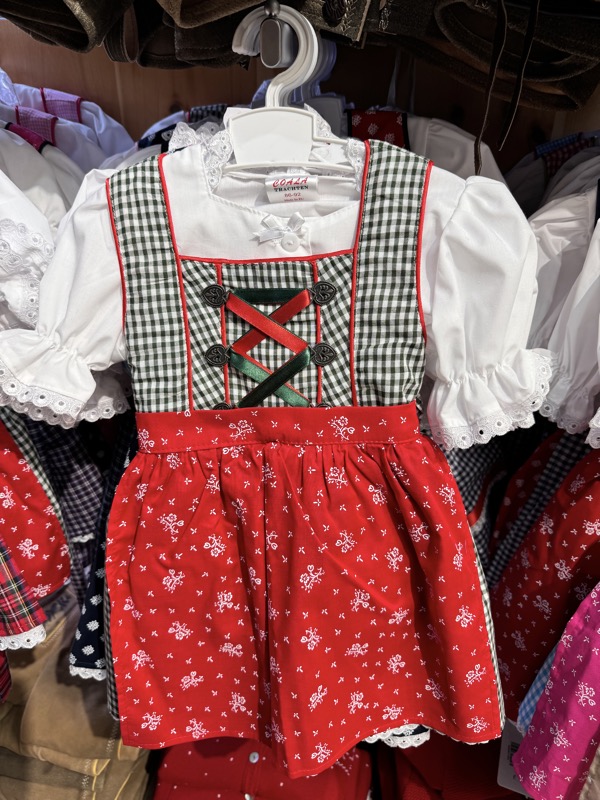
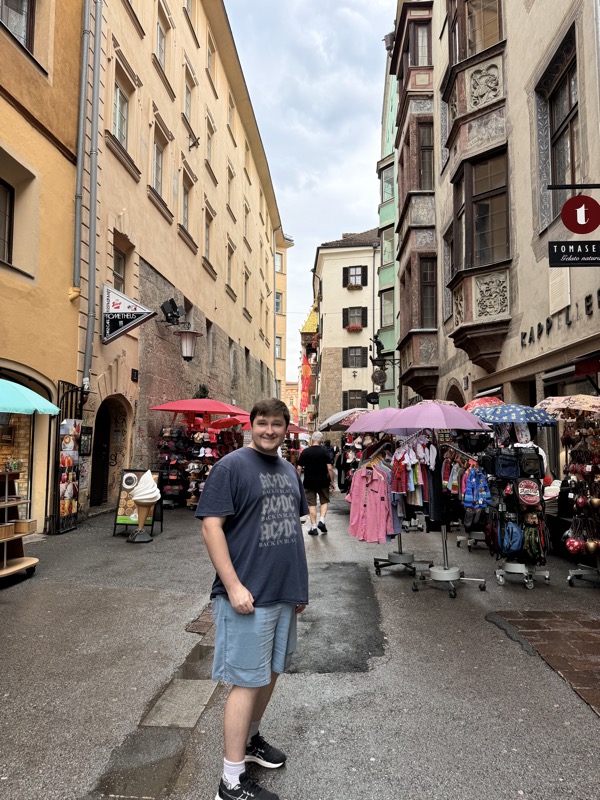
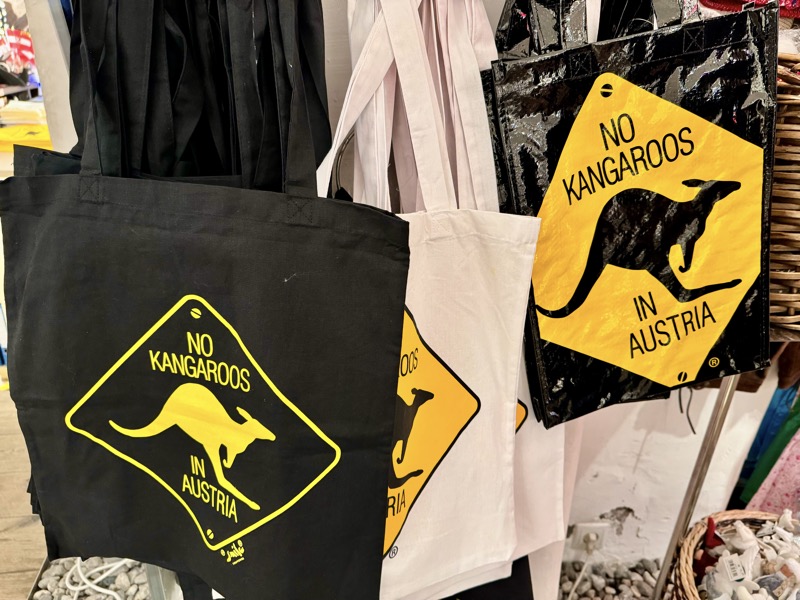
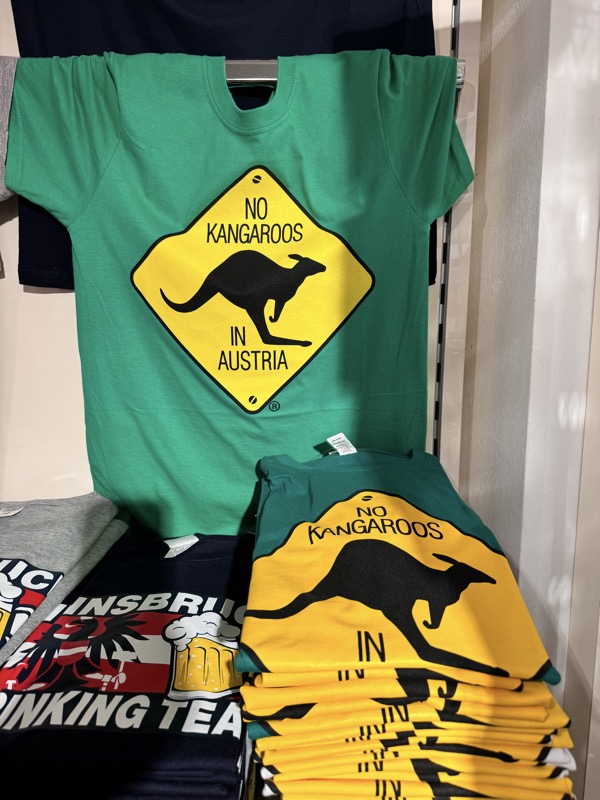
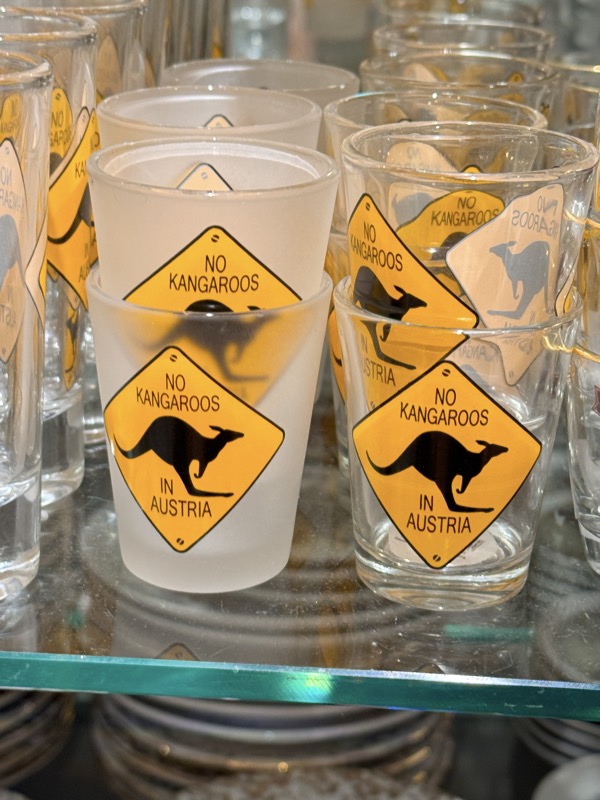
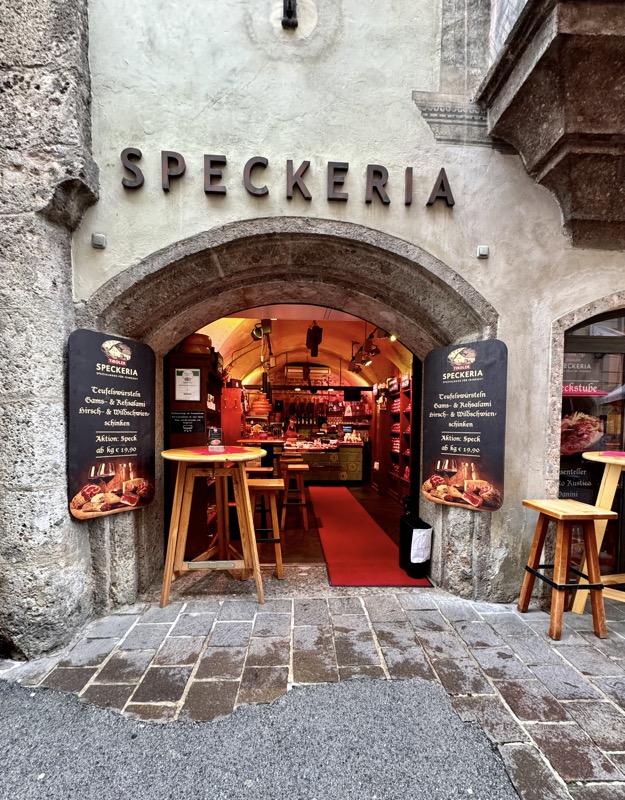
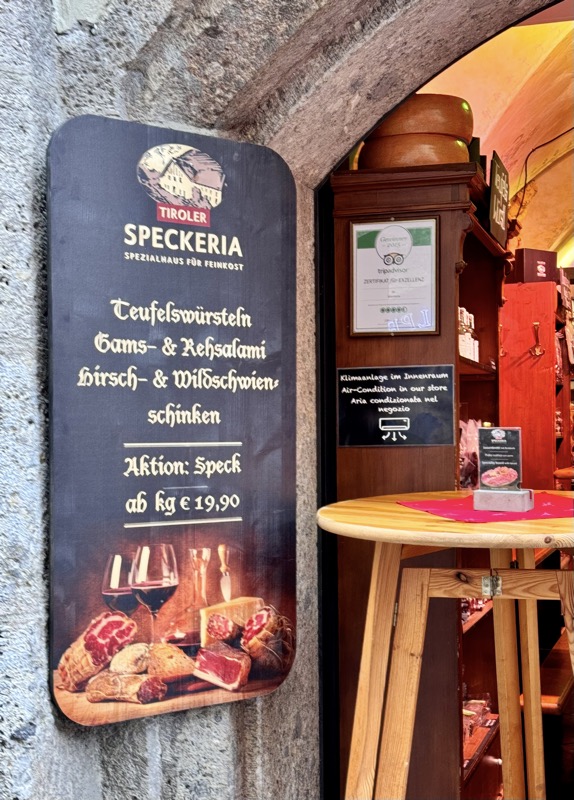
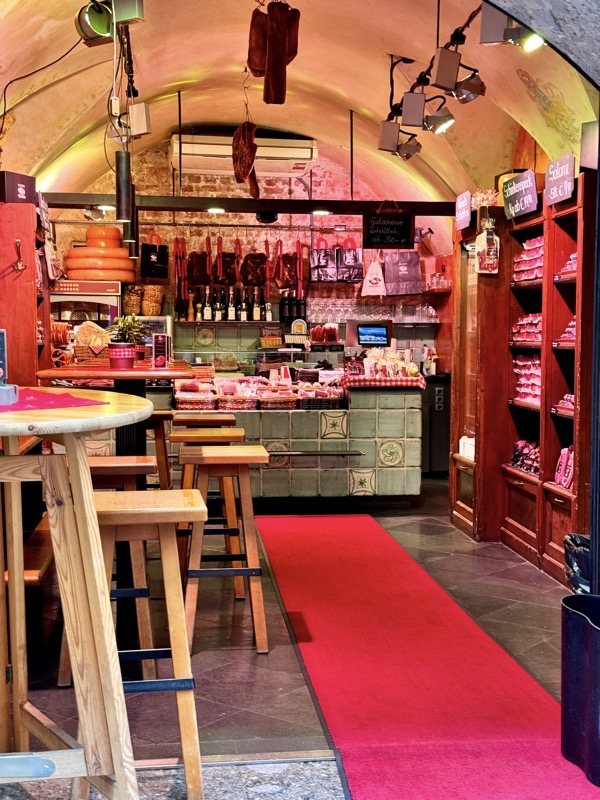
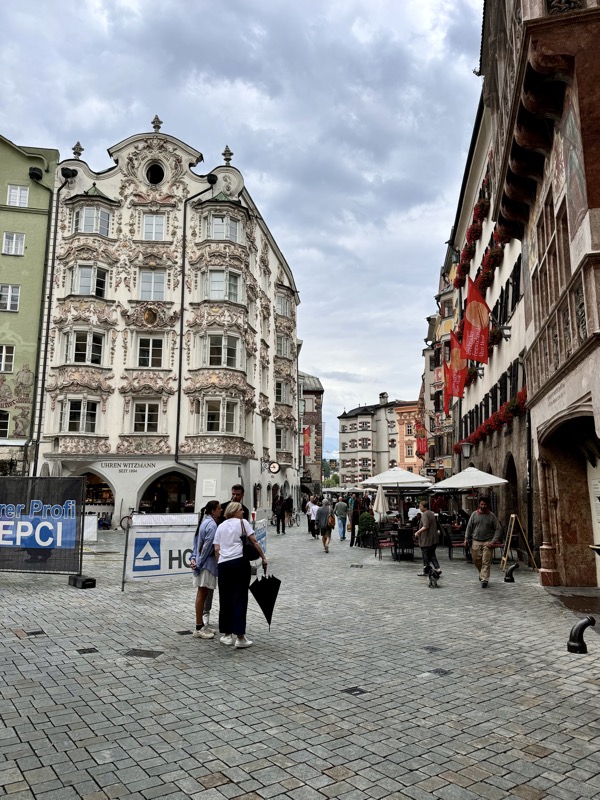
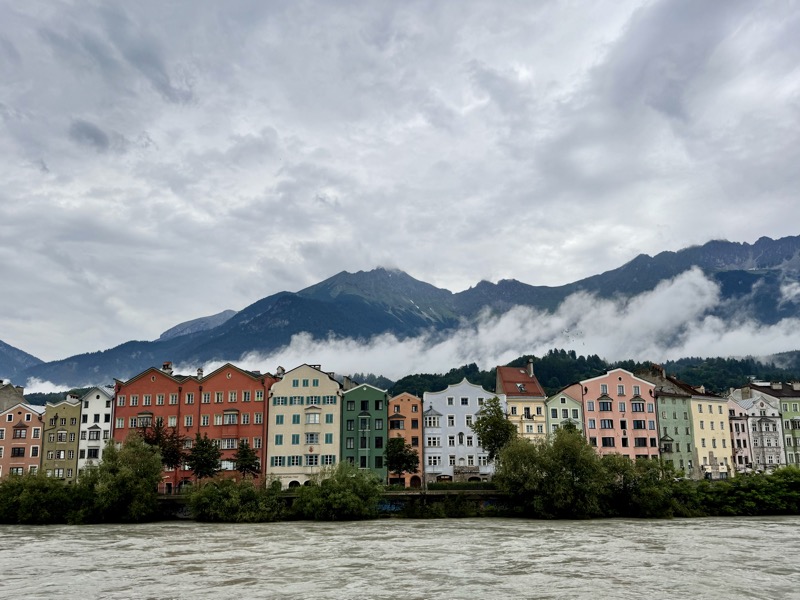
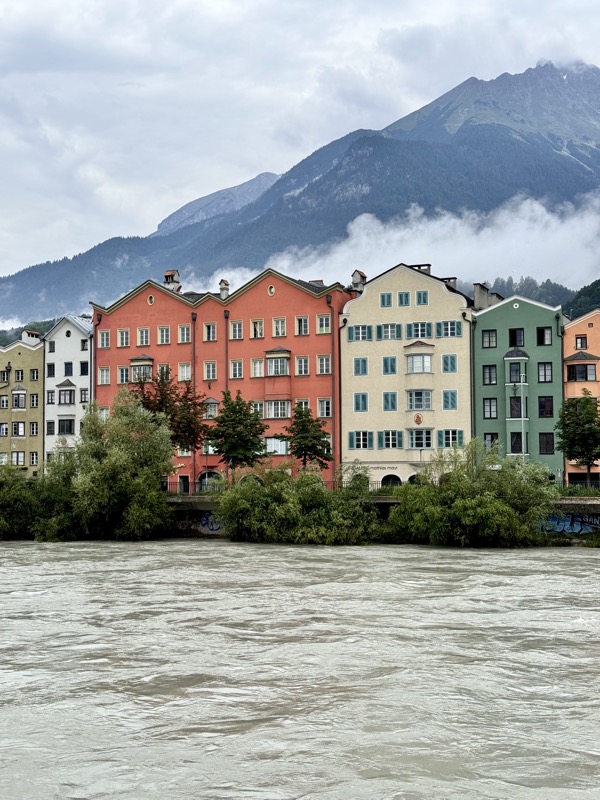
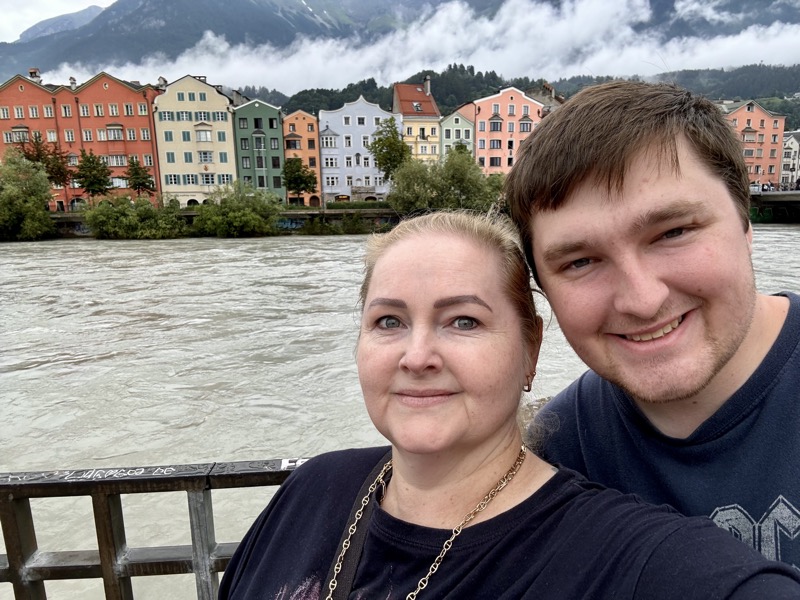
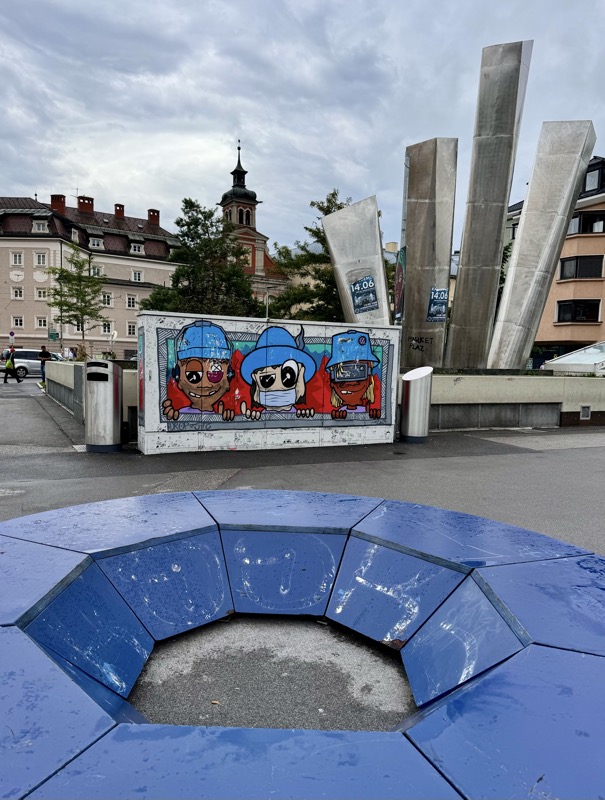
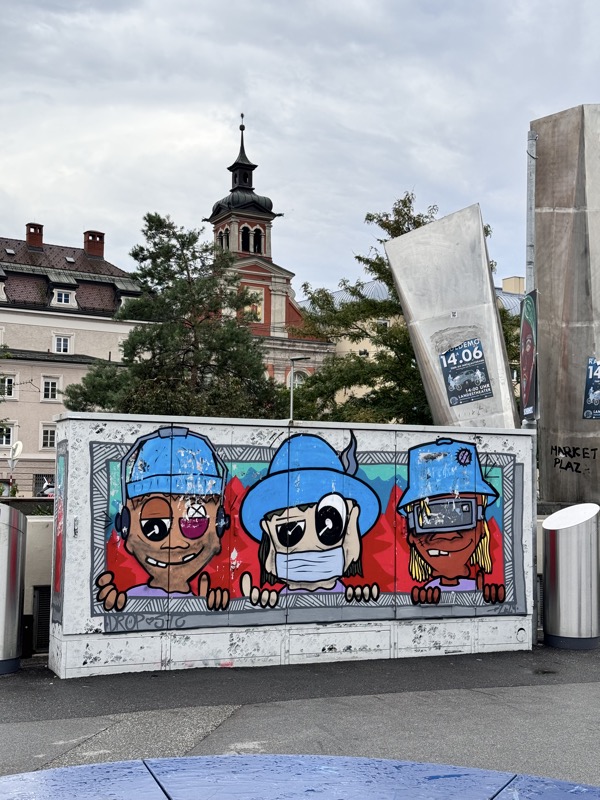
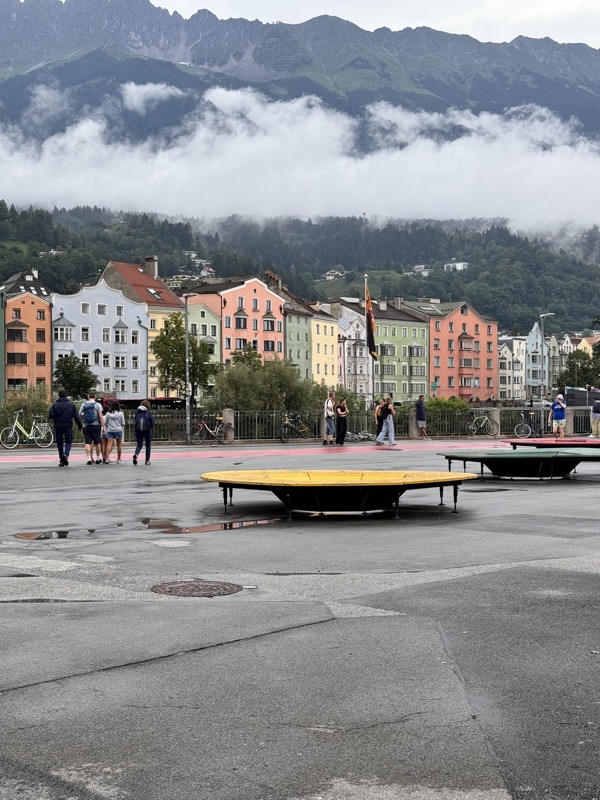
 Having seen a very similar show in 2022 from the corporate boxes on the west side of Lyon stadium, I was really keen to get a front on view, with enough elevation to be well over the top of any beer tents or raised sound booths etc. I kept coming back to the website until FINALLY it offered up some seats that matched the criteria … then the countdown was on!
Having seen a very similar show in 2022 from the corporate boxes on the west side of Lyon stadium, I was really keen to get a front on view, with enough elevation to be well over the top of any beer tents or raised sound booths etc. I kept coming back to the website until FINALLY it offered up some seats that matched the criteria … then the countdown was on! 




















































